The development of a new consumer market and a set of actions analyzed beforehand and executed subject to change. Indeed, the formation of a new market is a process that brings a new vision on the role of consumption.
The majority of the process focuses on two processes that are innovation and its diffusion in which consumers are beneficiaries of the process.
First, we will focus on the fact that consumers want to emancipate themselves in new markets. Indeed, Kozinets (2002), shows, “the attempts of consumers to emancipate themselves from the logic of the institutional market” (P856), if we take the example of padel, we can describe this market, initially, as a market without real institutional support, that is to say without federation. Consequently, this new sporting practice can push people to emancipate themselves towards new sports, beyond institutional standards.
Thus, we can see that many players who initially were part of well-established markets in France such as tennis or football, emancipate themselves towards little known but booming sports such as for example padel in order to enjoy a more family atmosphere and less institutionalized.
Several steps showing how a market emerges can be logically defined. Indeed, if we take the example of the Brown family who created the mini-motorcycle market in the 2000 years, we can determine the different steps necessary to the emergence of a market. For this, we will use the testimony of the research team in the motorcycle industry interviewing the Brown family about how it started, why the mini bike and what are the key elements of their history
First of all, the market must have the capacity to provide a unique feeling, that is, a new feeling that consumers do not find in several markets. Then, the market must provide a secure and original environment, the padel the chance to play "indoor" or "outdoor" on a secure and very aesthetic ground completely different from the known racquet sports grounds. In addition, consumers must have the opportunity to modify and personalize their products, that is to say the wish to switch to more efficient or more aesthetic materials according to their evolution. The padel gives the opportunity to change his style of play thanks to many rackets on the market that can adapt to each player's performance.
The next step is the trend to build consumer infrastructure in order to develop the practice, padel has grown year after year in infrastructure, from 15 clubs to 172 in 2017. The final step is the market's ability to create communities in different geographic areas and attract investors. The padel benefits from clubs all over France with communities of players and clubs with a common goal, to develop the padel in France.
From a theoretical point of view, we can summarize these stages by different points. Indeed, following the diagram of Martin and Schouten, we see a "Pre-market translations", this part includes a first sub-part "consumer innovation" and a second sub-part "consumption metacommunity". This first sub-part emphasizes the desire of consumers according to the type of emerging market, the constraints of the materials, the objects and the skills required for the design of the practice. The second sub-section reflects the performance of local consumption, infrastructure, practices and internet communication. This work must be carried out and analyzed in order to ensure the proper construction of the market.
The second step according to Martin and Schouten is the “market translations” and this goes through “market catalysis and maturation”. This part shows how the market should be defined, passing through the translation of the market through networked consumer communities.
Thus, the creation of the market is based on the construction of consumer communities which in a network disseminate the idea of the market and of the practice while developing it. As stated previously, the padel initially relied on a small group of consumers who, thanks to their passion and love for sport, spread this practice and are now present everywhere in France.
Finally, a final factor comes into play in the process of emergence of a market. Indeed, Amabile (1996), explains that "passion and intrinsic motivation are engines of creativity" (P861), in fact, this passion that each entrepreneur or investor carries to the padel or sport in general is a driving force in the realization of a project. This feeling is thus transmitted to consumers, who in the end no longer consume a practice but a desire and a pleasure. This phenomenon is one of the key factors in creating a community of practice.
Thus, these factors show that thanks to the presence of these different communities and their shared passions, the padel can emerge as a social practice.
Thanks to the different theories identified in this literature review, we can establish different hypotheses that may bring some ideas of answers to my problem which is: Understanding the emergence of Padel as a sport and social practice and associated market development?
A concrete study will be carried out later with professionals to bring elements that can validate some of my assumptions and answer my problem.
Student in Master 2 entrepreneurship and innovation at IESEG SCHOOL OF MANAGEMENT in Paris and passionate about sport, I decided to devote my end-of-study thesis to the emergence of padel in France as a sport and social practice and the associated market development. Having lived 22 years in Morocco and for 5 years in France, I am delighted to be able to share my skills.




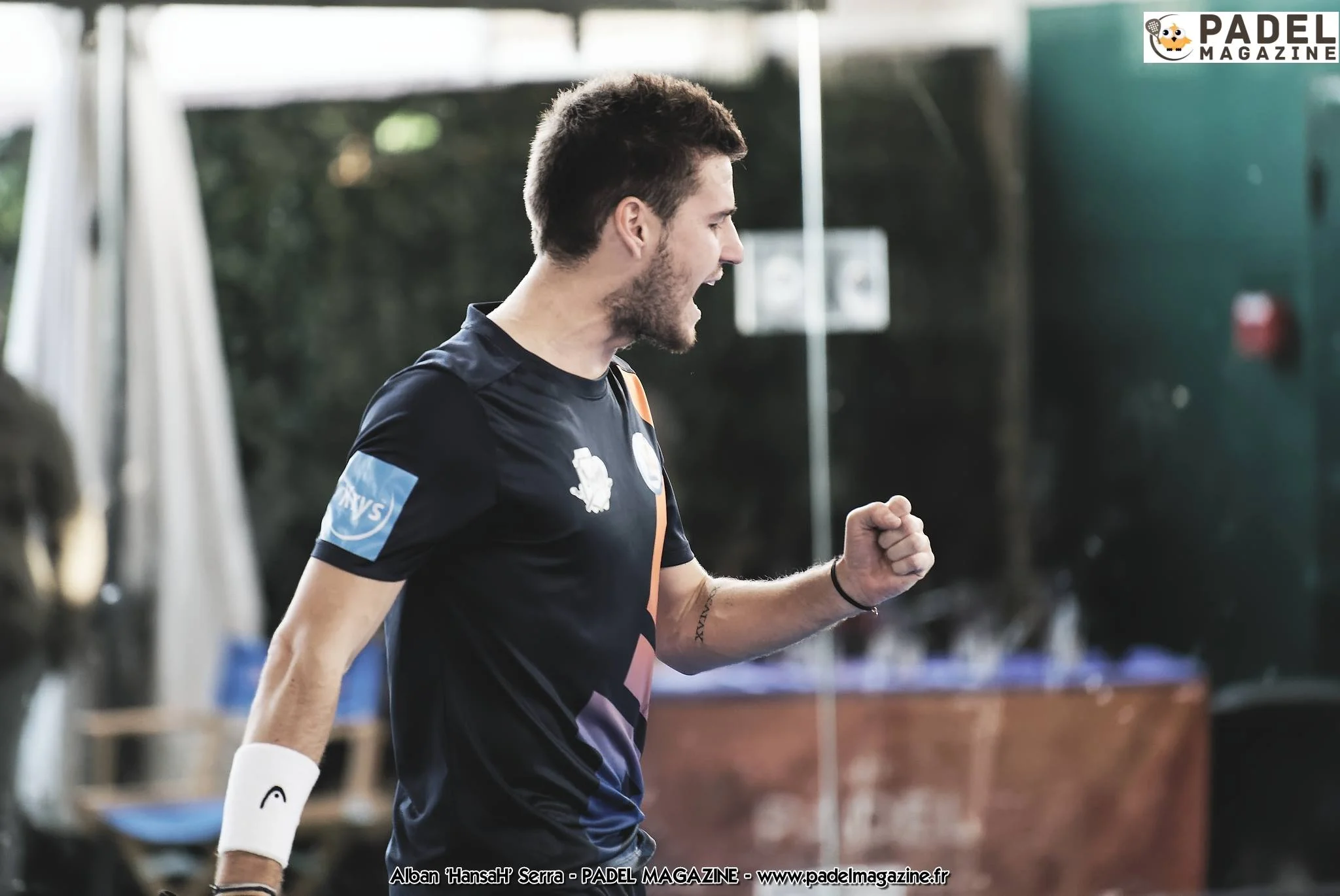













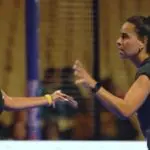

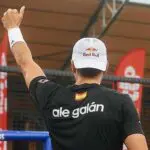

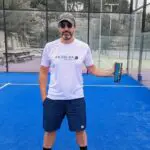
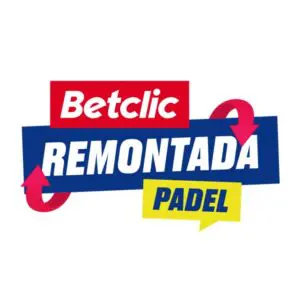
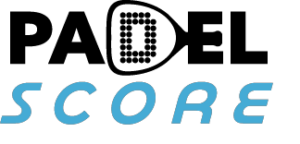
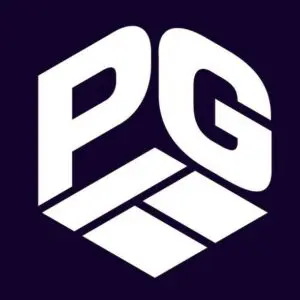



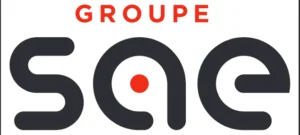




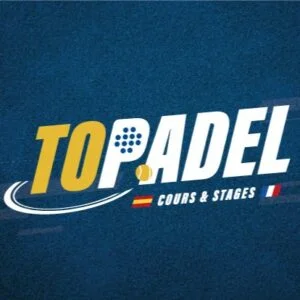

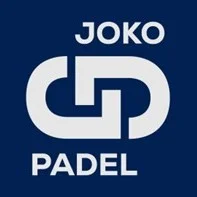

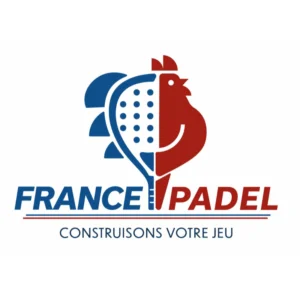
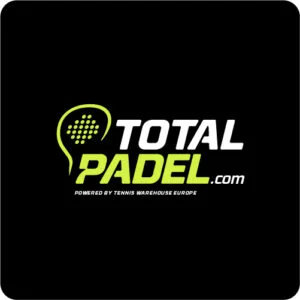
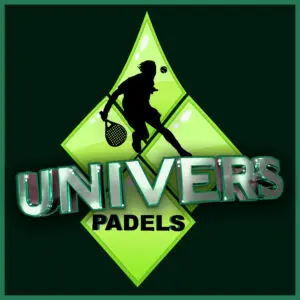
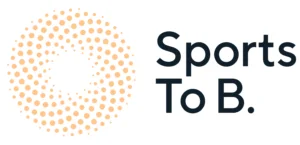

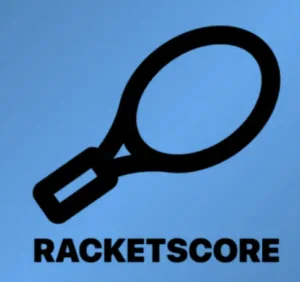
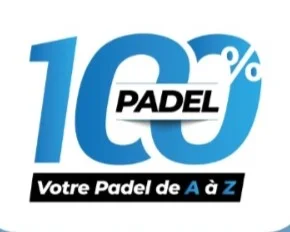
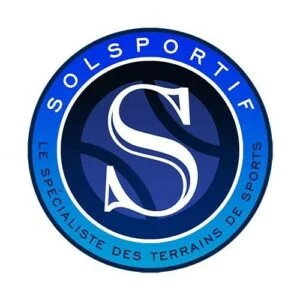

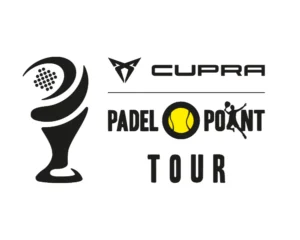



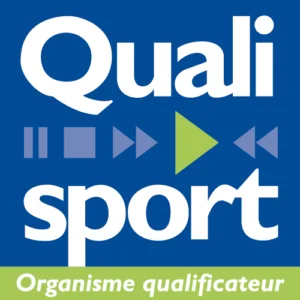

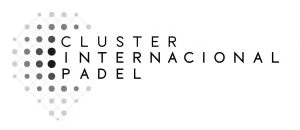
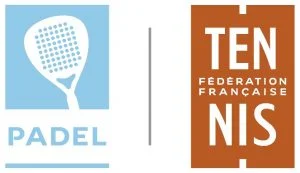
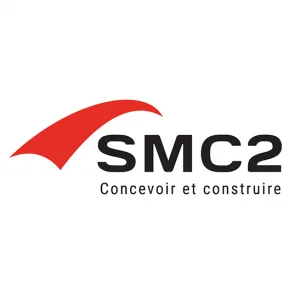
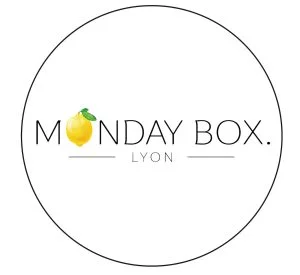
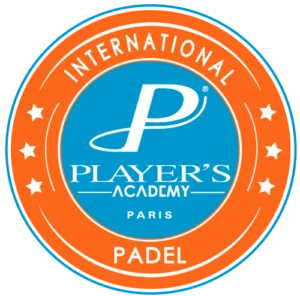
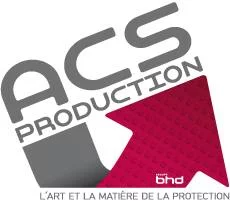
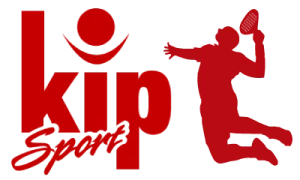

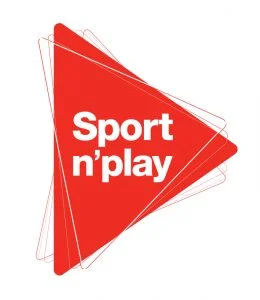

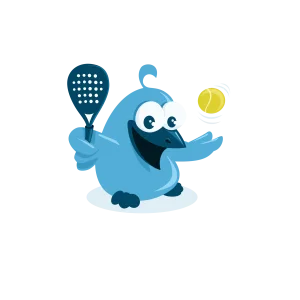


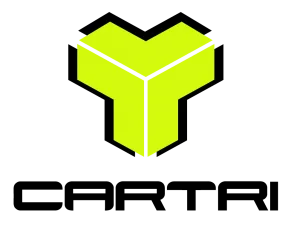

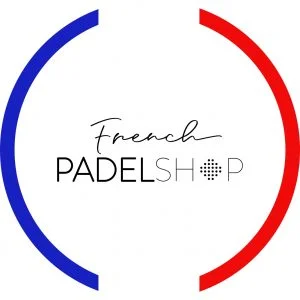
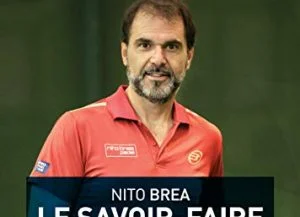
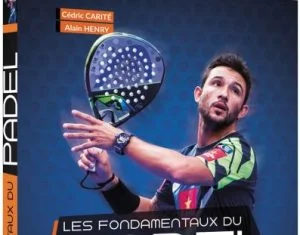



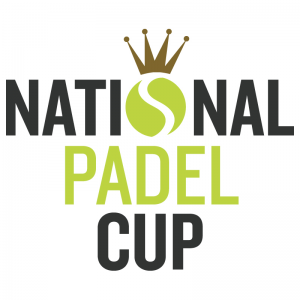
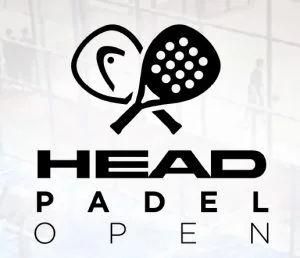

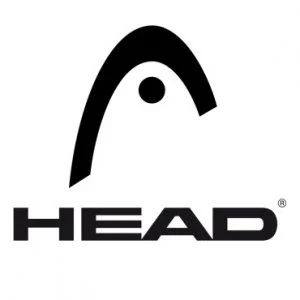



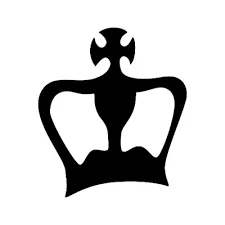

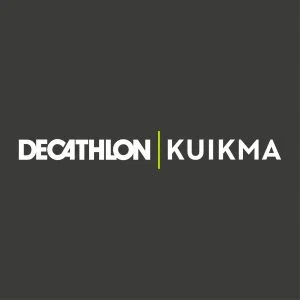
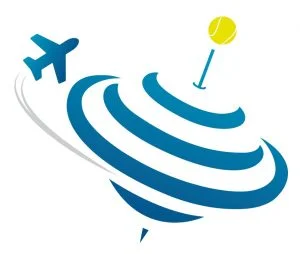
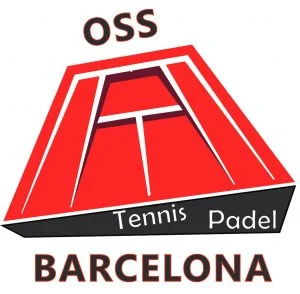
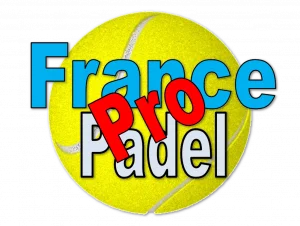

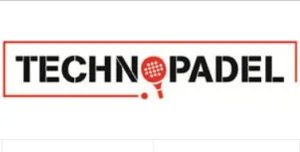
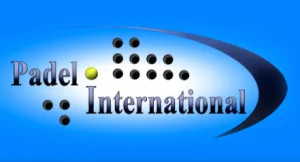

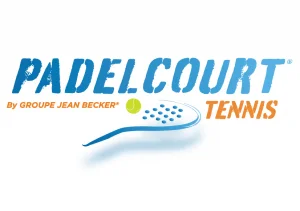
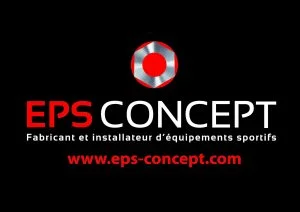
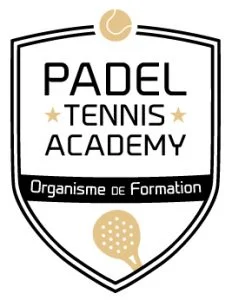
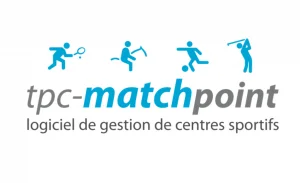

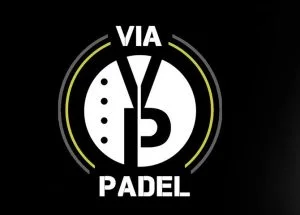
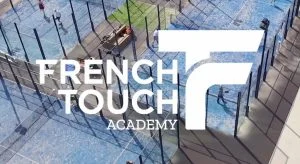



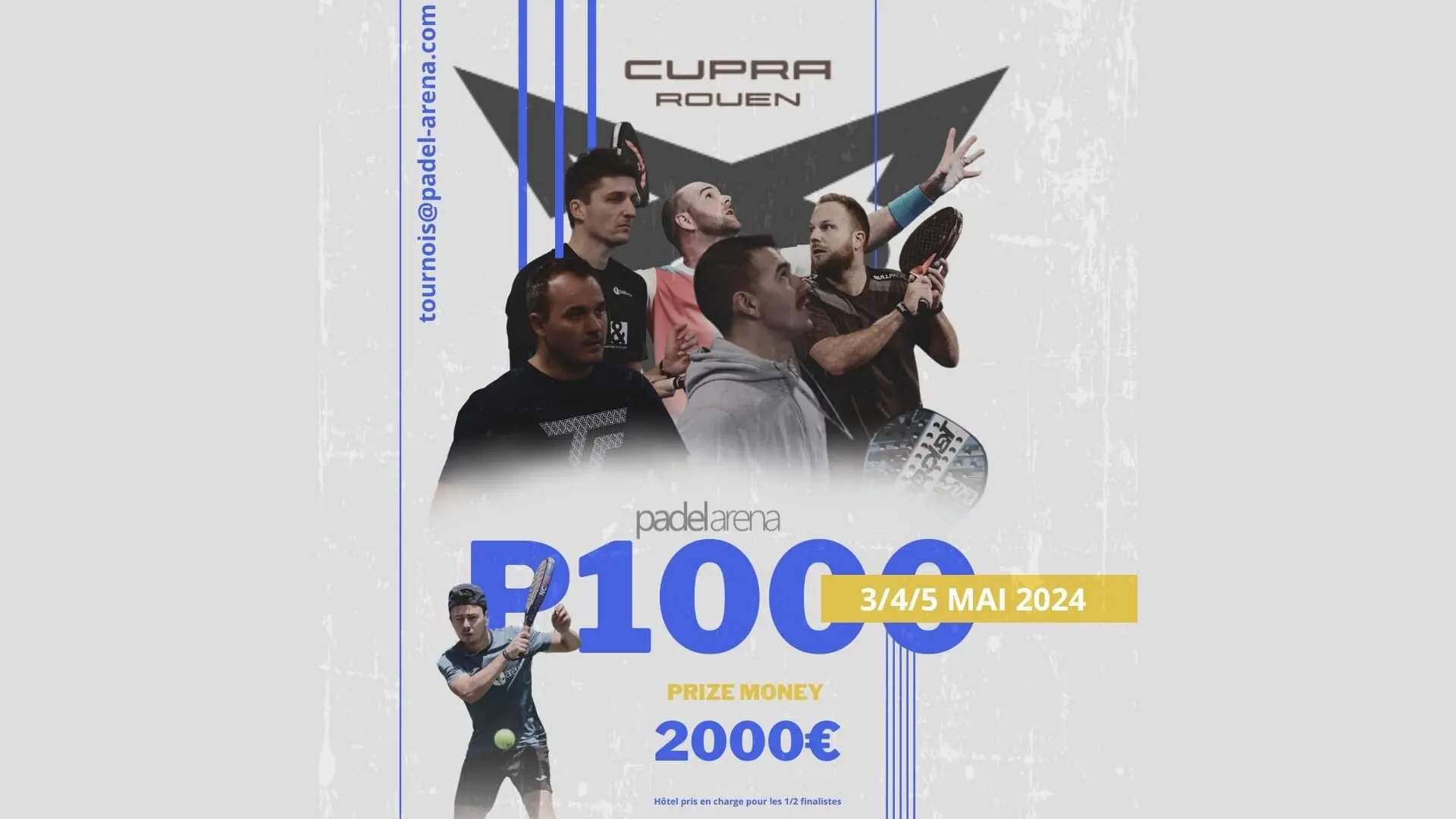 P1000 Padel Arena: spectacle and surprises in Isneauville!
P1000 Padel Arena: spectacle and surprises in Isneauville! France 2024 team training course – Discover the names of the players present
France 2024 team training course – Discover the names of the players present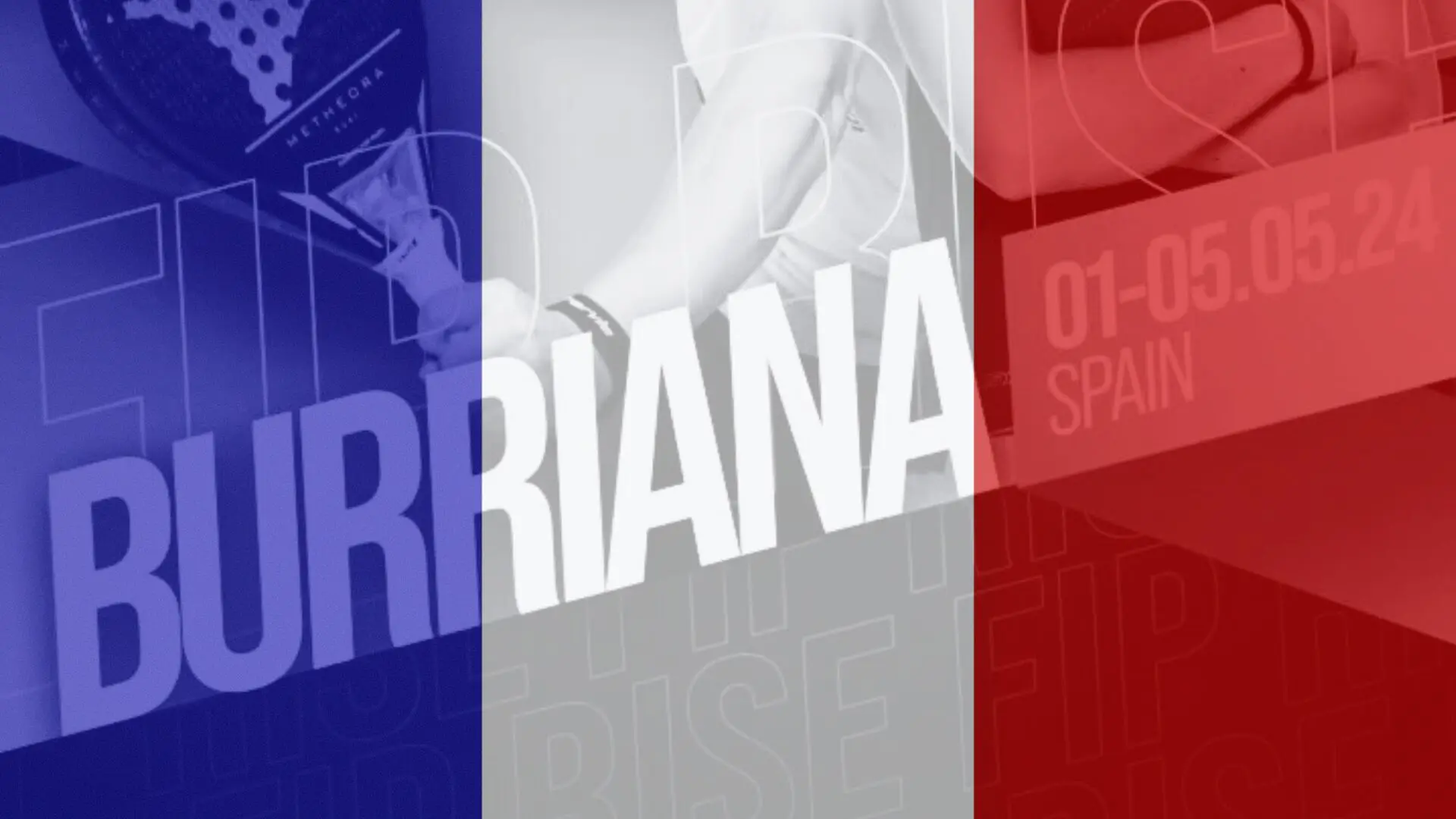 A busy program for the French at FIP Rise in Burriana this Friday
A busy program for the French at FIP Rise in Burriana this Friday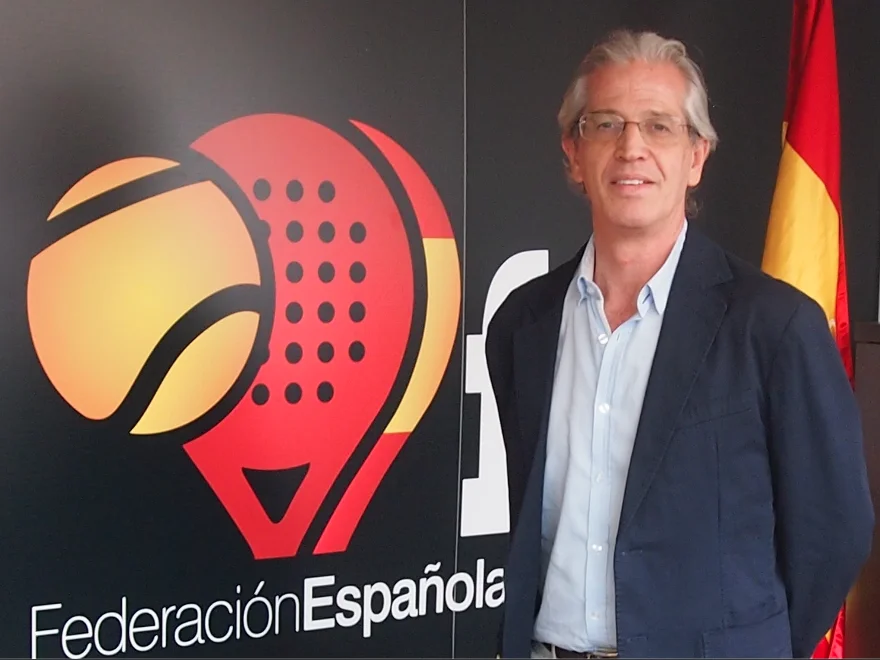 Ramón Morcillo: “I was surprised by France”
Ramón Morcillo: “I was surprised by France”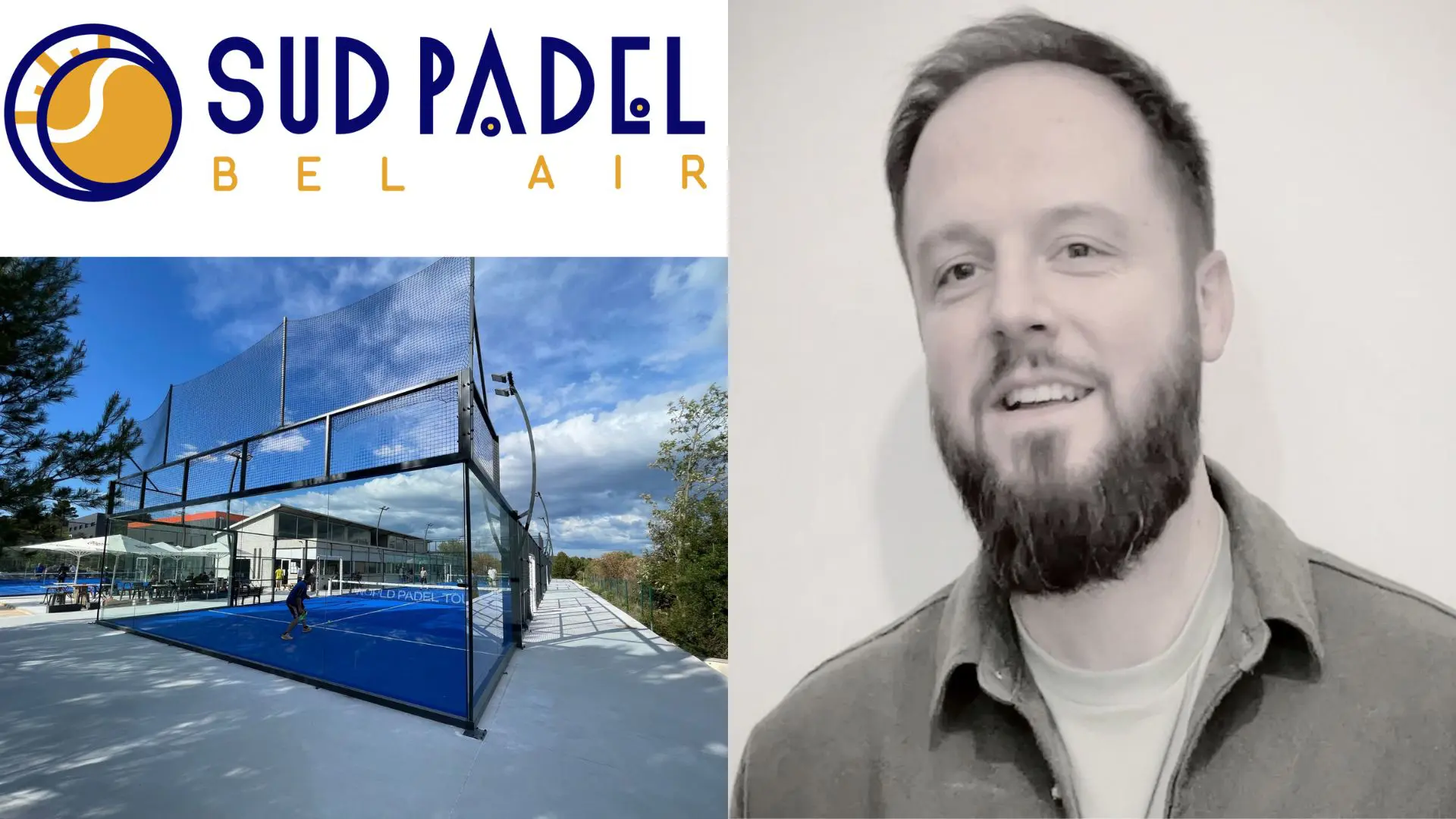 Guillaume Codron: “South Padel, a family project”
Guillaume Codron: “South Padel, a family project” Nallé Grinda: “Democratize the padel in the USA with PadelX "
Nallé Grinda: “Democratize the padel in the USA with PadelX "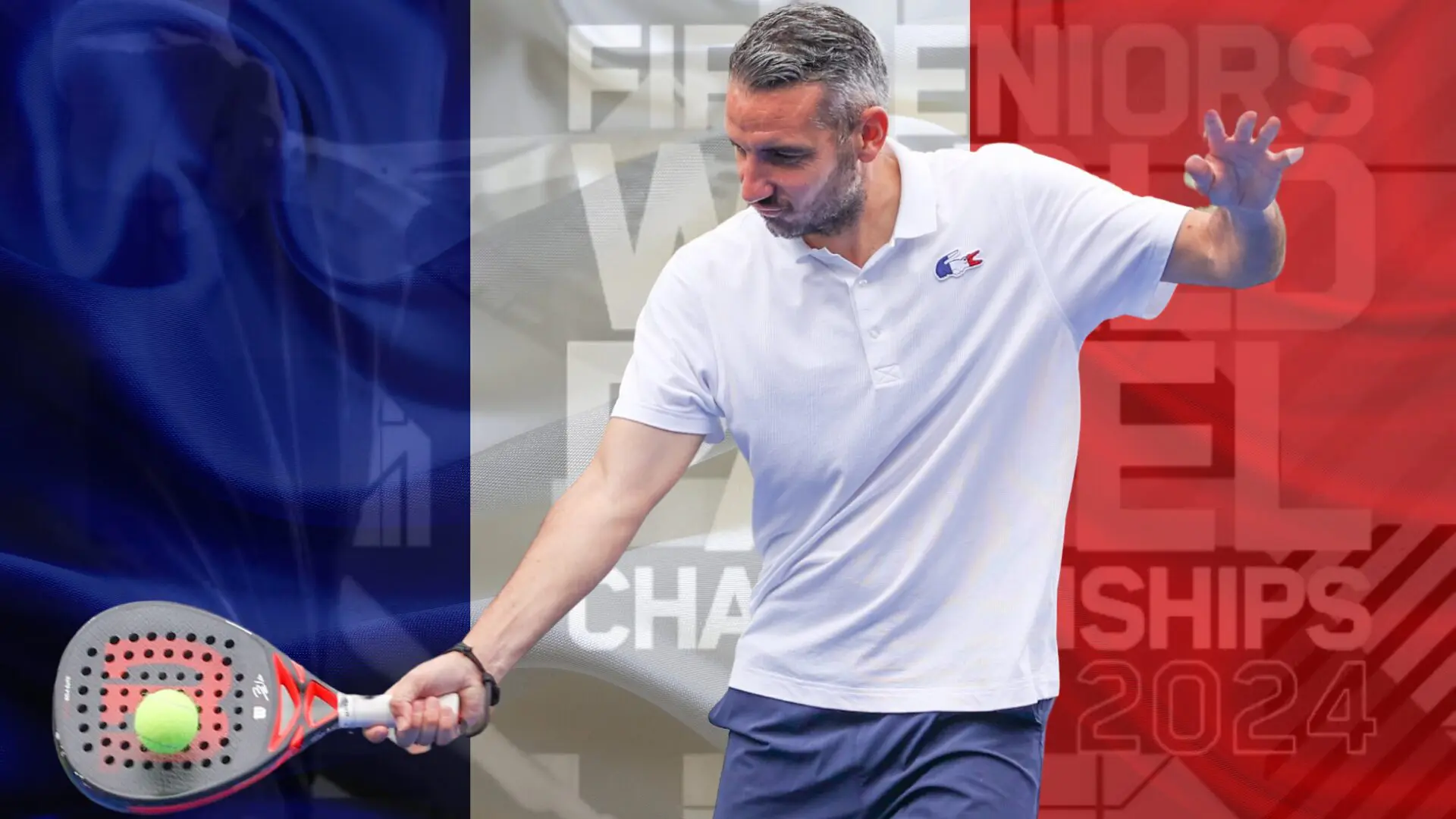 Simon Boissé: “We know that there are two nations in front of us”
Simon Boissé: “We know that there are two nations in front of us”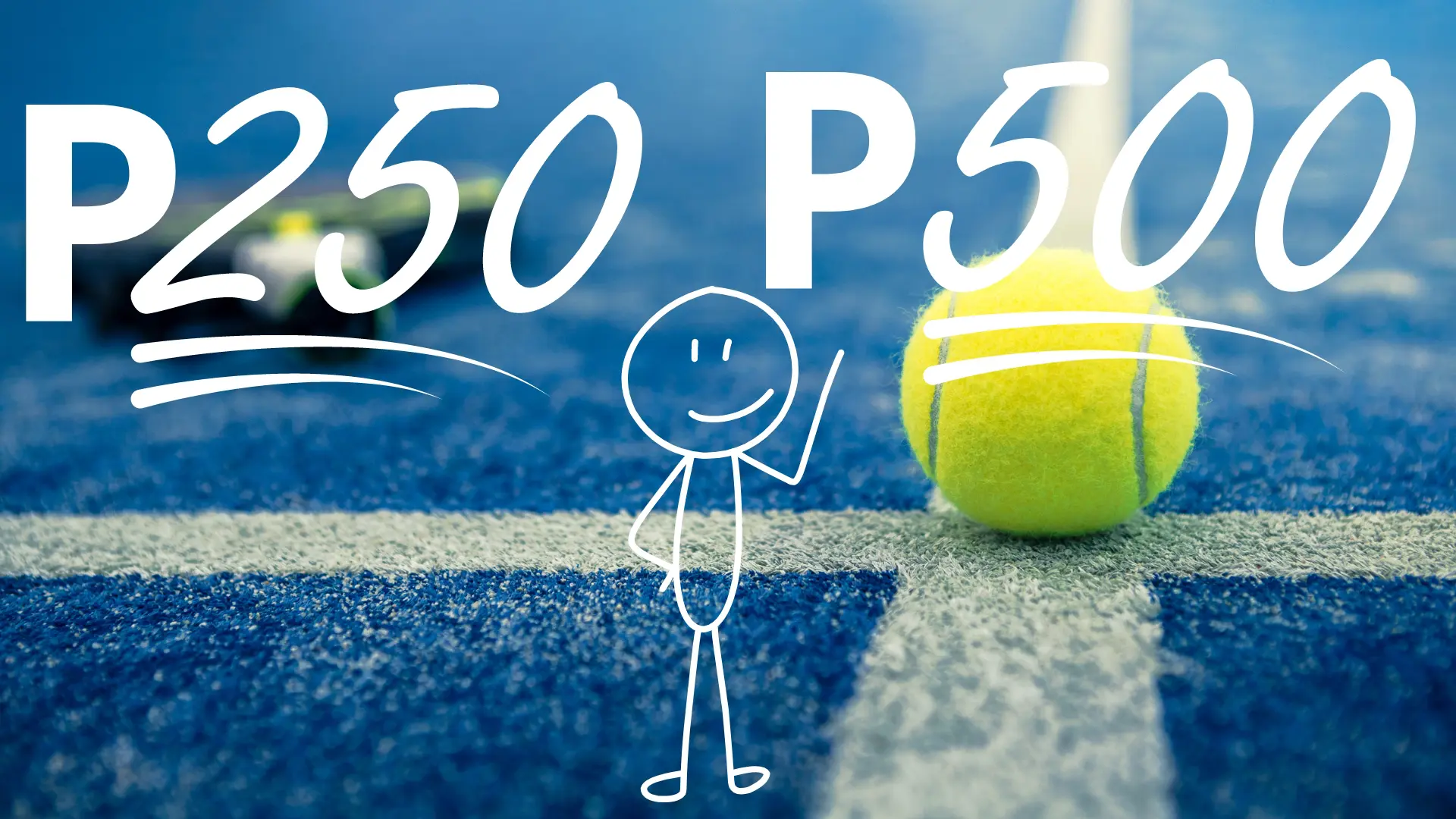 The P500 tournaments at the P250 level of the time…
The P500 tournaments at the P250 level of the time…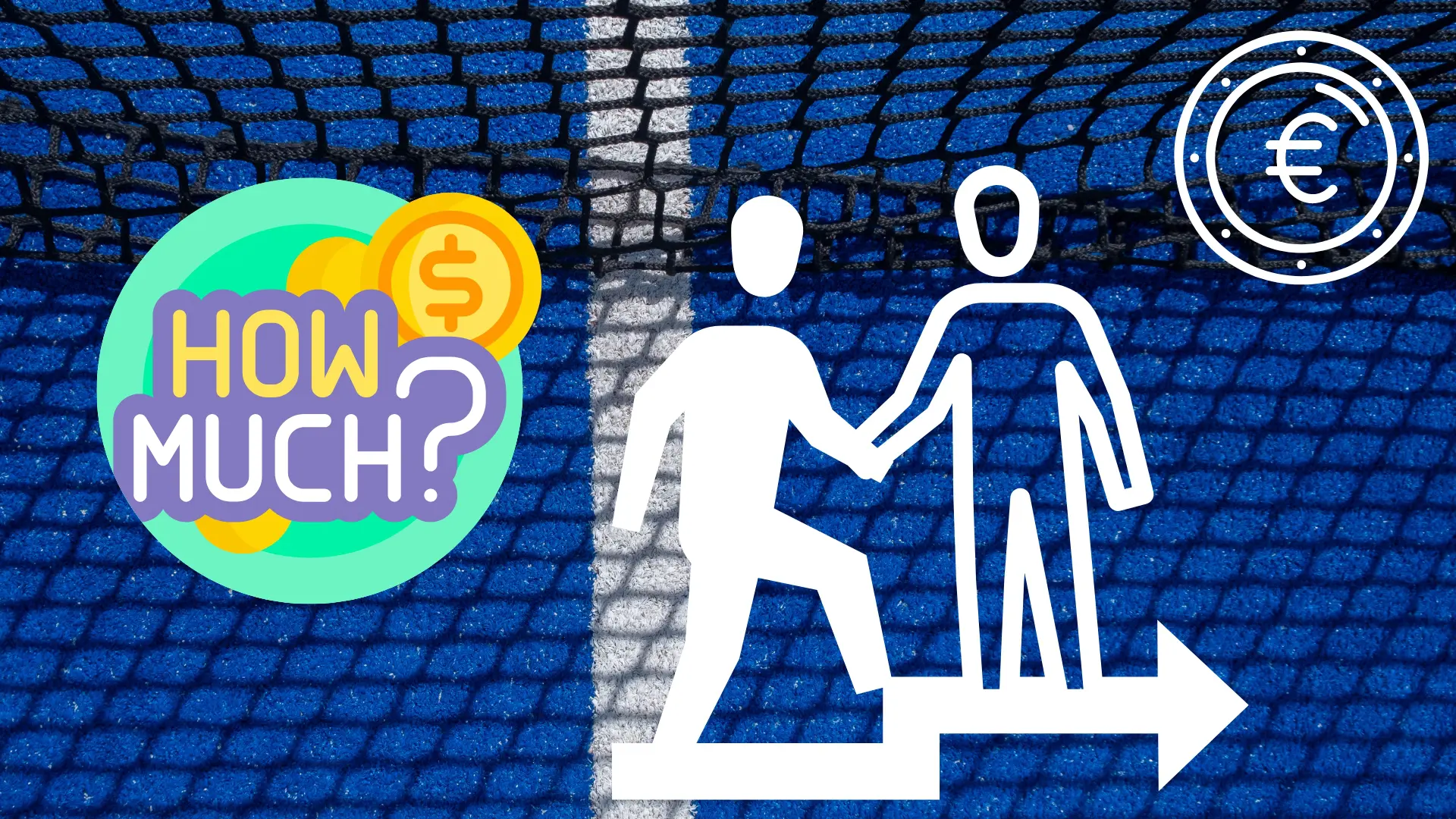 How much does it cost to play with a pro or a coach in a tournament?
How much does it cost to play with a pro or a coach in a tournament? TeamUp! Talents welcomes a new partner: Padel MagTV
TeamUp! Talents welcomes a new partner: Padel MagTV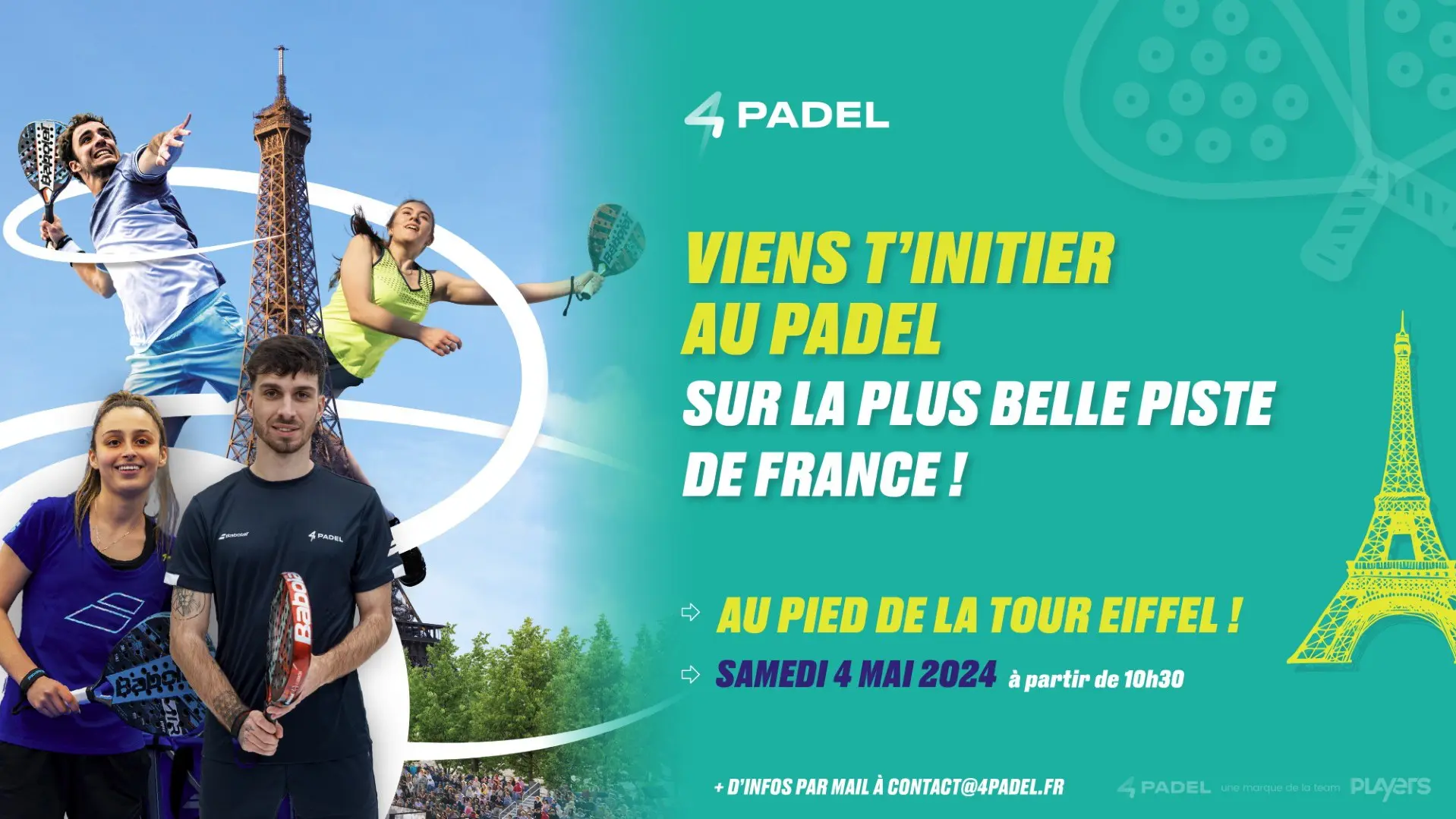 Betclic Remontada Padel : an initiation planned at the foot of the Eiffel Tower
Betclic Remontada Padel : an initiation planned at the foot of the Eiffel Tower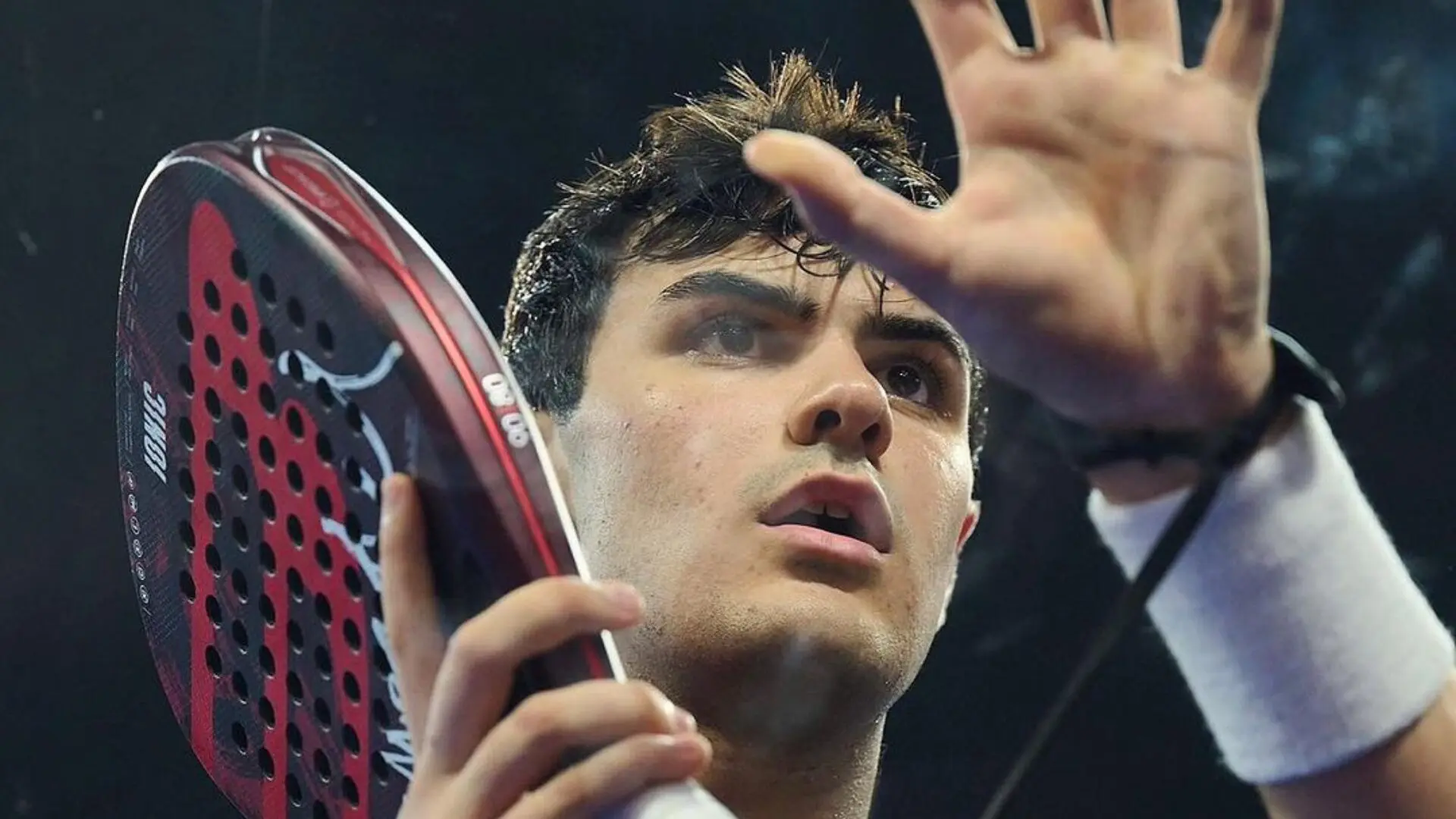 Pablo Cardona, a very big future?
Pablo Cardona, a very big future? Pro Padel League: update on the ranking after the first two stages
Pro Padel League: update on the ranking after the first two stages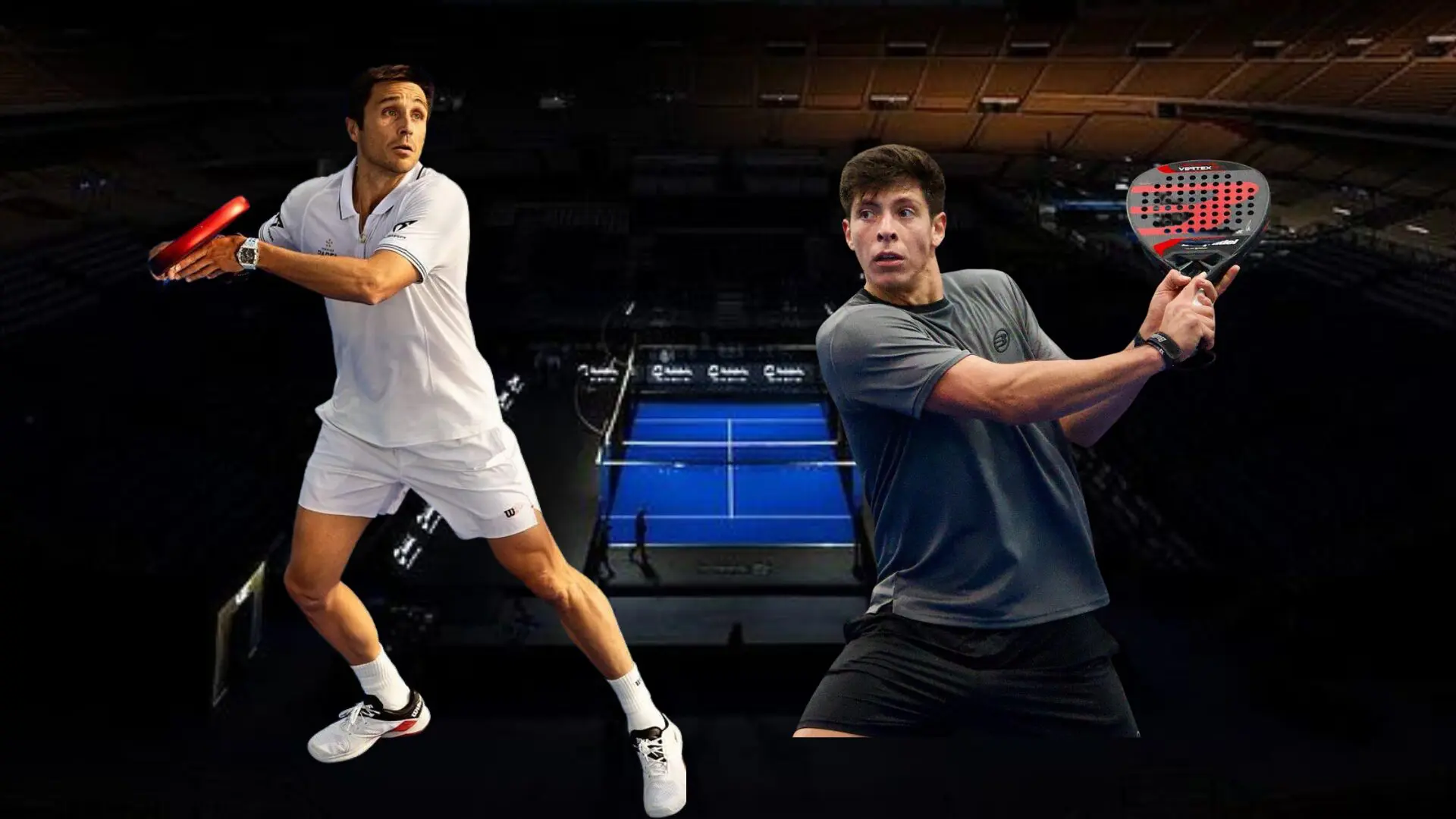 Where and when to see the very first match of the Belasteguin / Tello pair?
Where and when to see the very first match of the Belasteguin / Tello pair? Business plan padel : the 5 key points
Business plan padel : the 5 key points Ultra-luxurious residences with ski slopes padel floating in Dubai
Ultra-luxurious residences with ski slopes padel floating in Dubai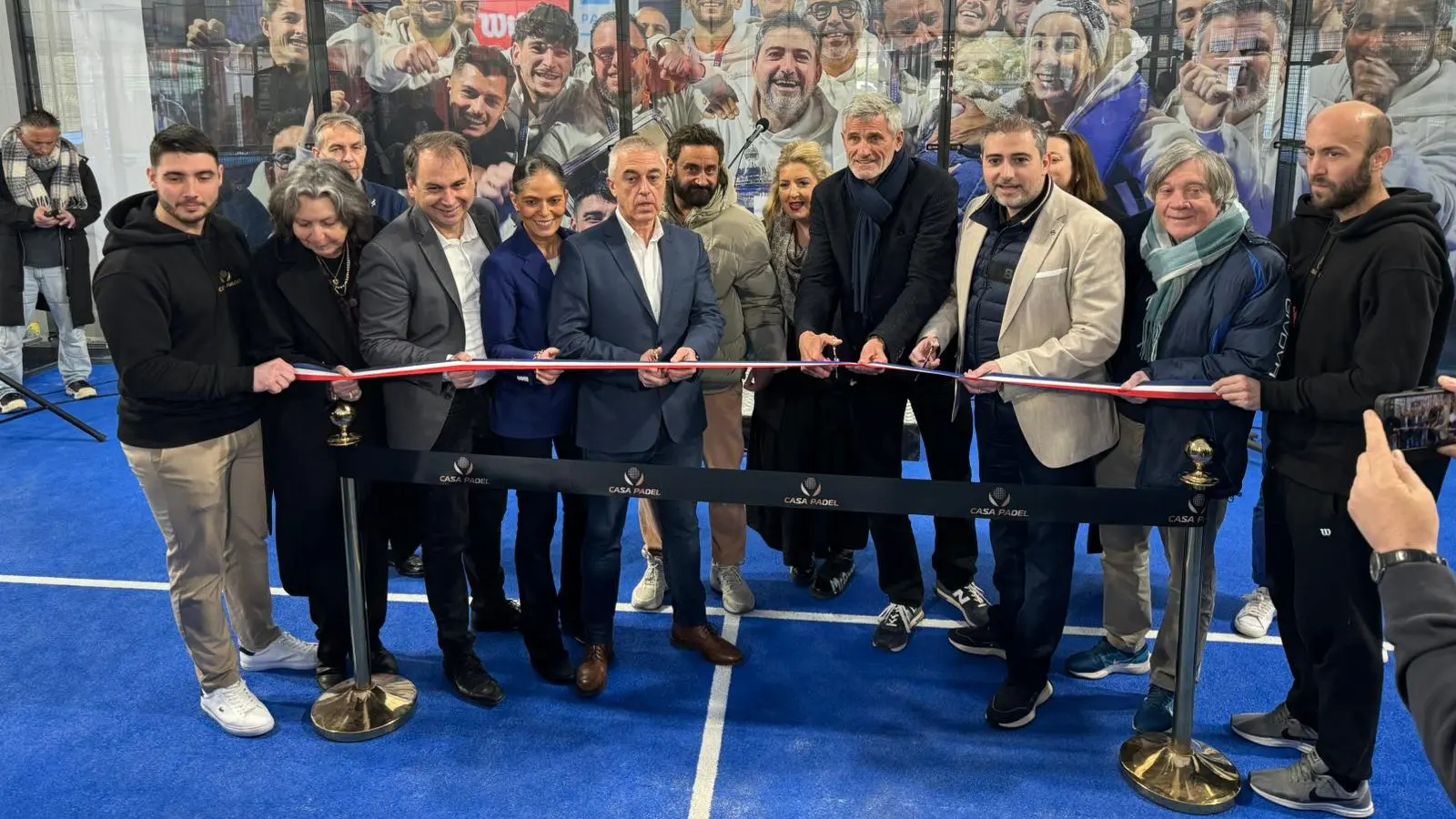 José Manuel Escin at the inauguration of Casa Padel DOS: “Finally, and thank you!”
José Manuel Escin at the inauguration of Casa Padel DOS: “Finally, and thank you!”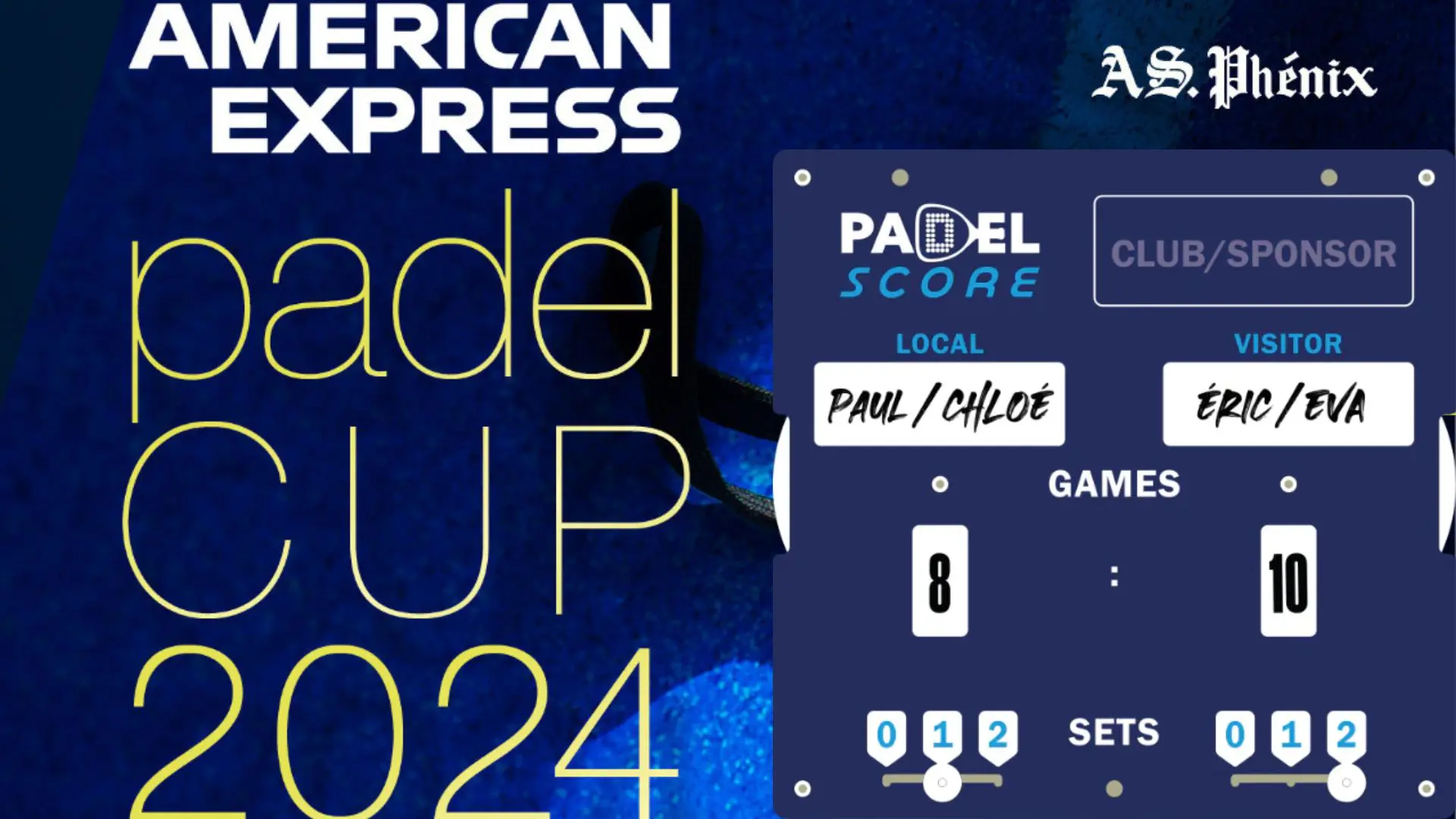 Padel Score comes to Tahiti for American Express Padel Cup!
Padel Score comes to Tahiti for American Express Padel Cup! Brussels Premier Padel P2 – the final in stats
Brussels Premier Padel P2 – the final in stats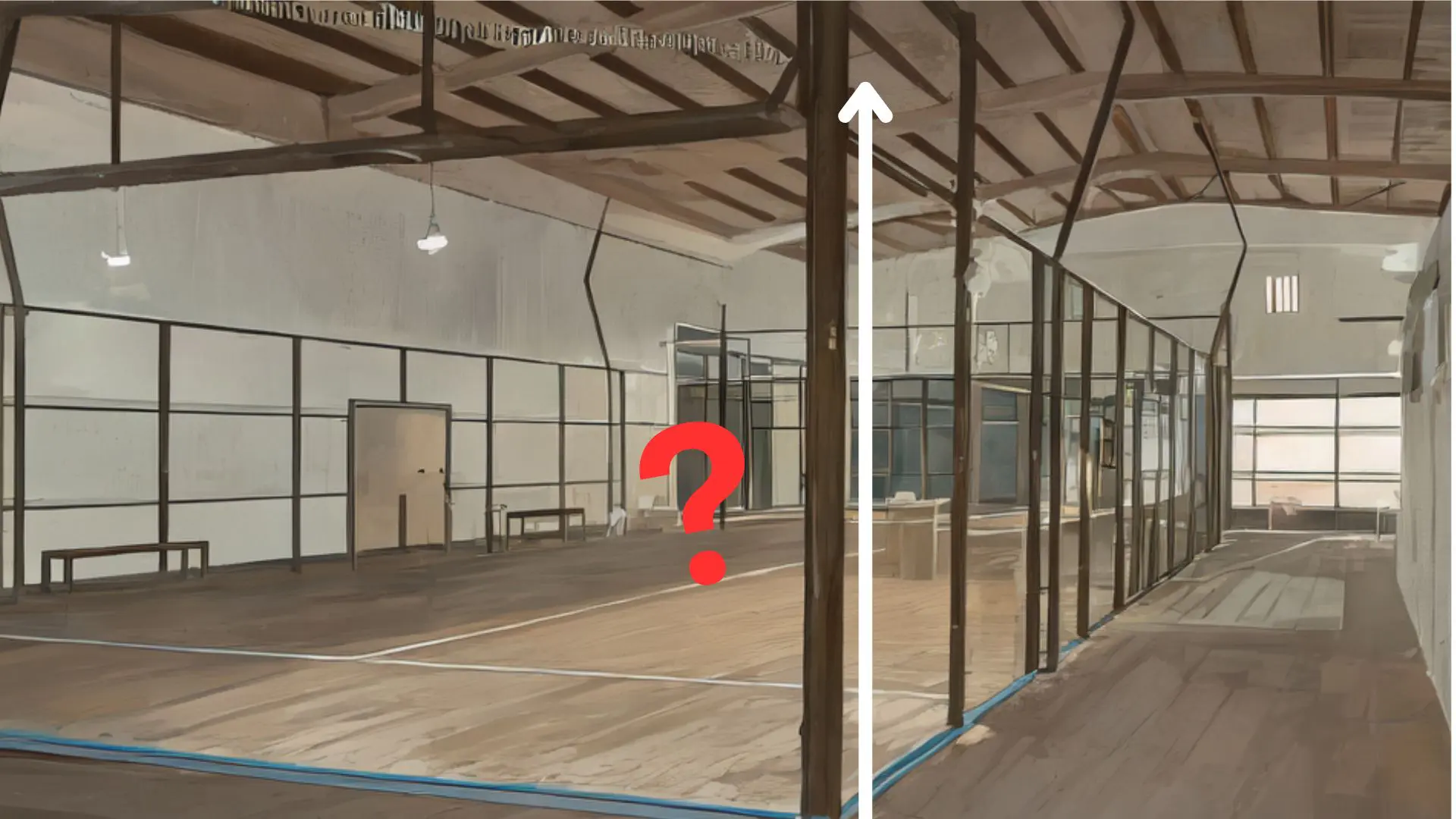 Find out everything about the dimensions of a plot of land padel
Find out everything about the dimensions of a plot of land padel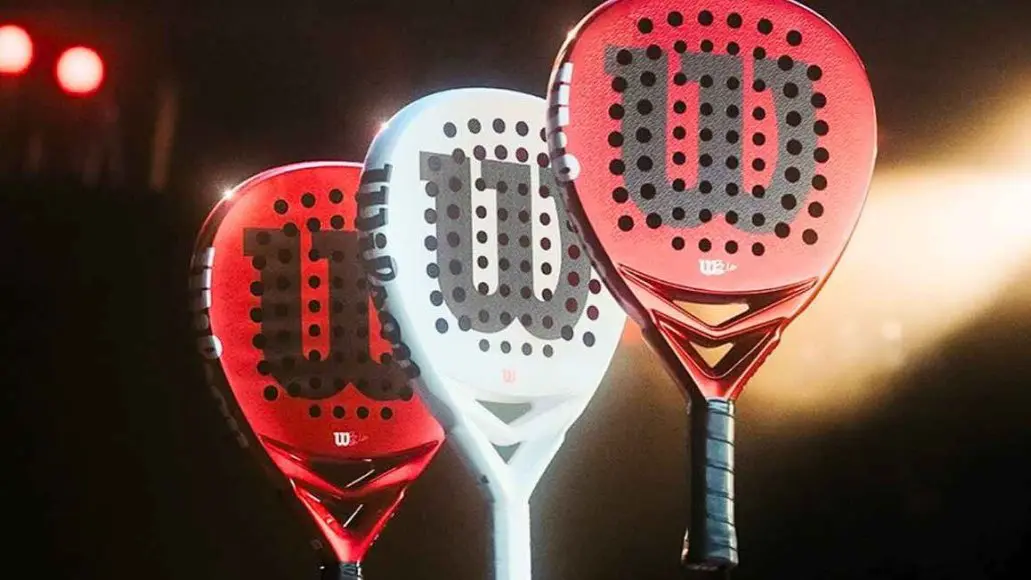 Presentation of the Wilson Bela V2.5 collection
Presentation of the Wilson Bela V2.5 collection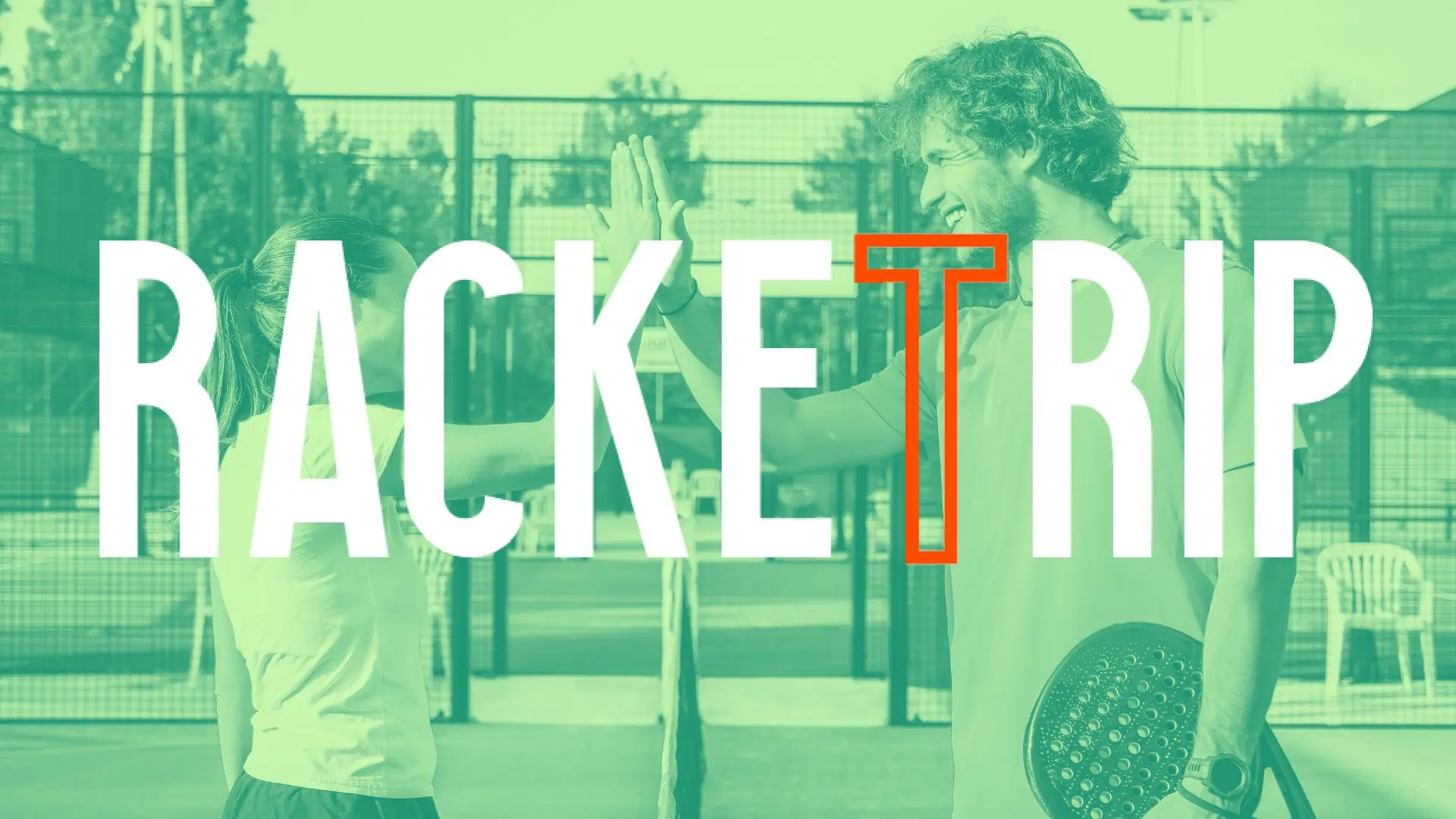 The LinkedIn of racquet sports: Racket Trip
The LinkedIn of racquet sports: Racket Trip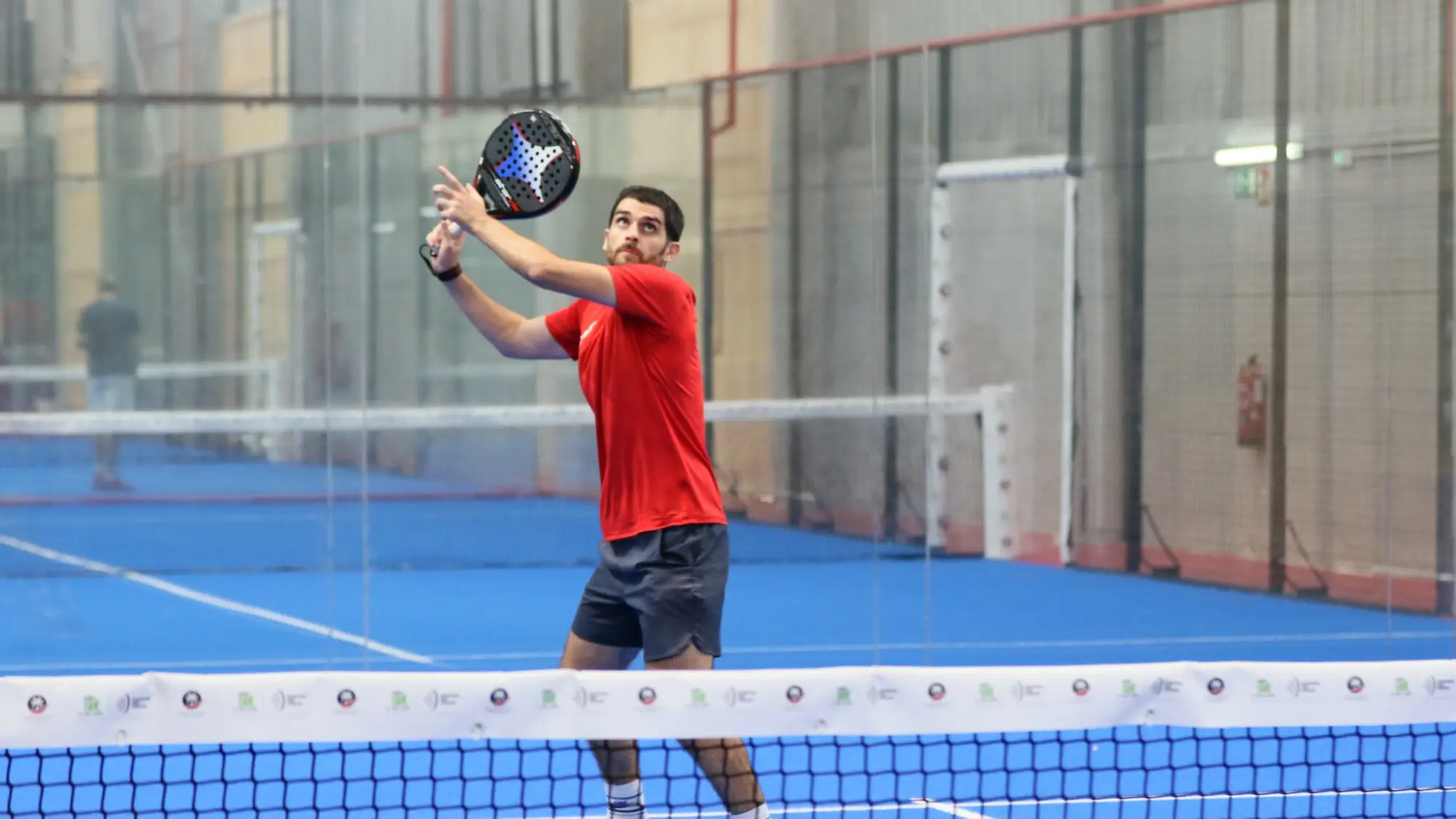 At the heart of padel – Episode 25: Paul and Andoni answer your questions
At the heart of padel – Episode 25: Paul and Andoni answer your questions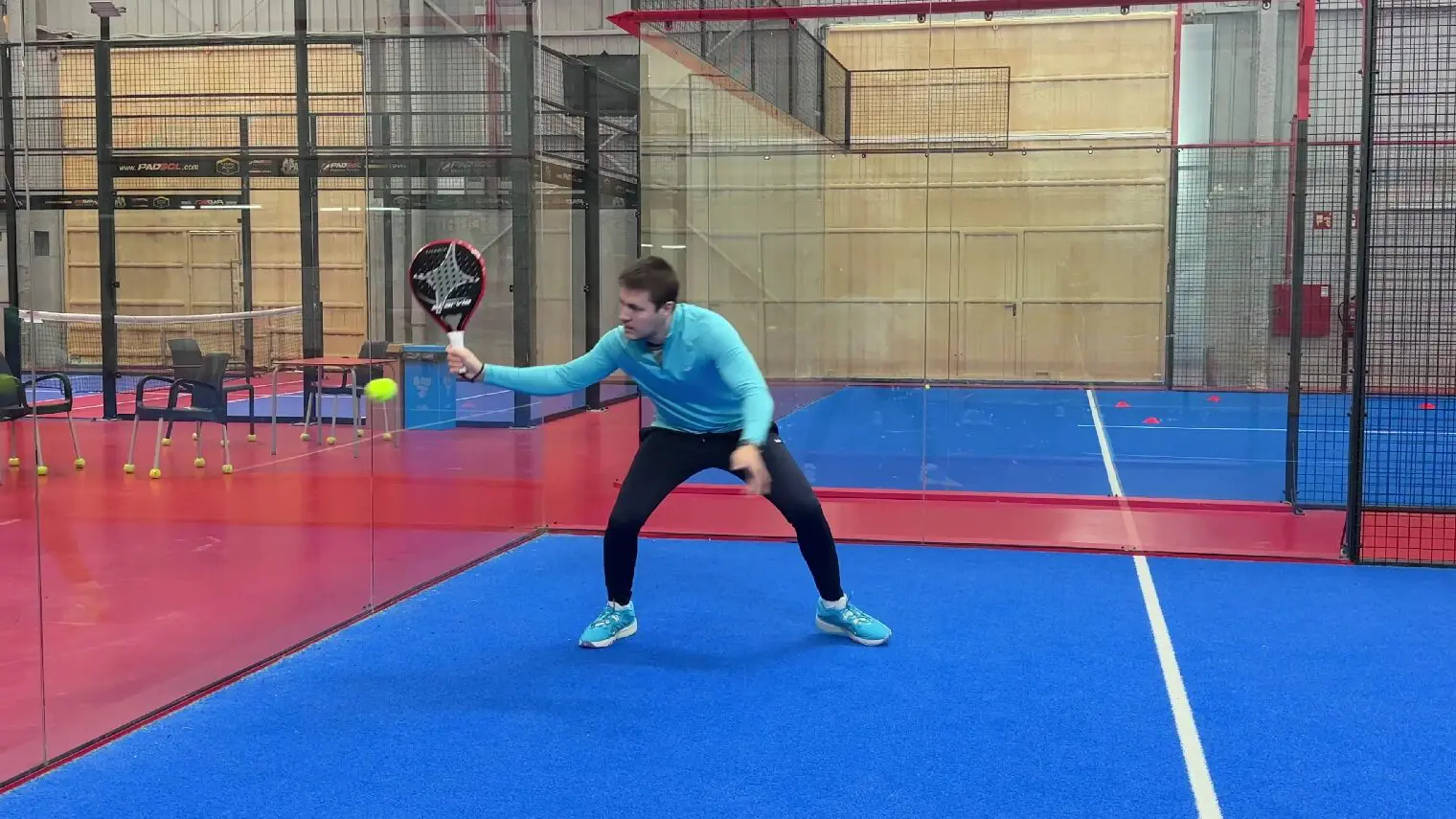 At the heart of padel – Episode 23: defend the window well
At the heart of padel – Episode 23: defend the window well Prohibition on playing topless Padel : the reasons
Prohibition on playing topless Padel : the reasons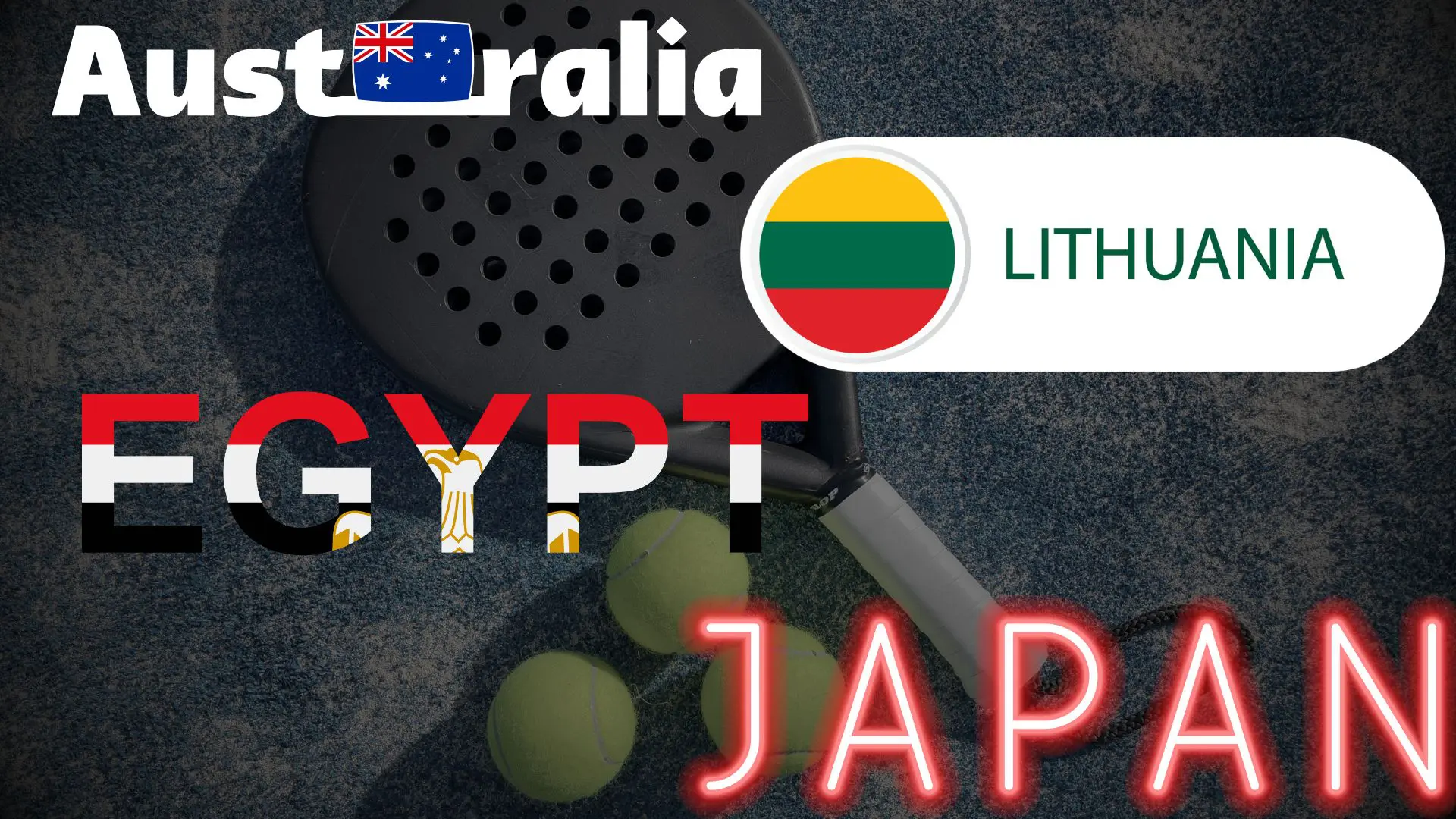 FIP Tour – Going far from Europe, THE strategy to earn points!
FIP Tour – Going far from Europe, THE strategy to earn points! What is a good football player? padel ?
What is a good football player? padel ? “Lefties give me headaches when I play against them!”
“Lefties give me headaches when I play against them!”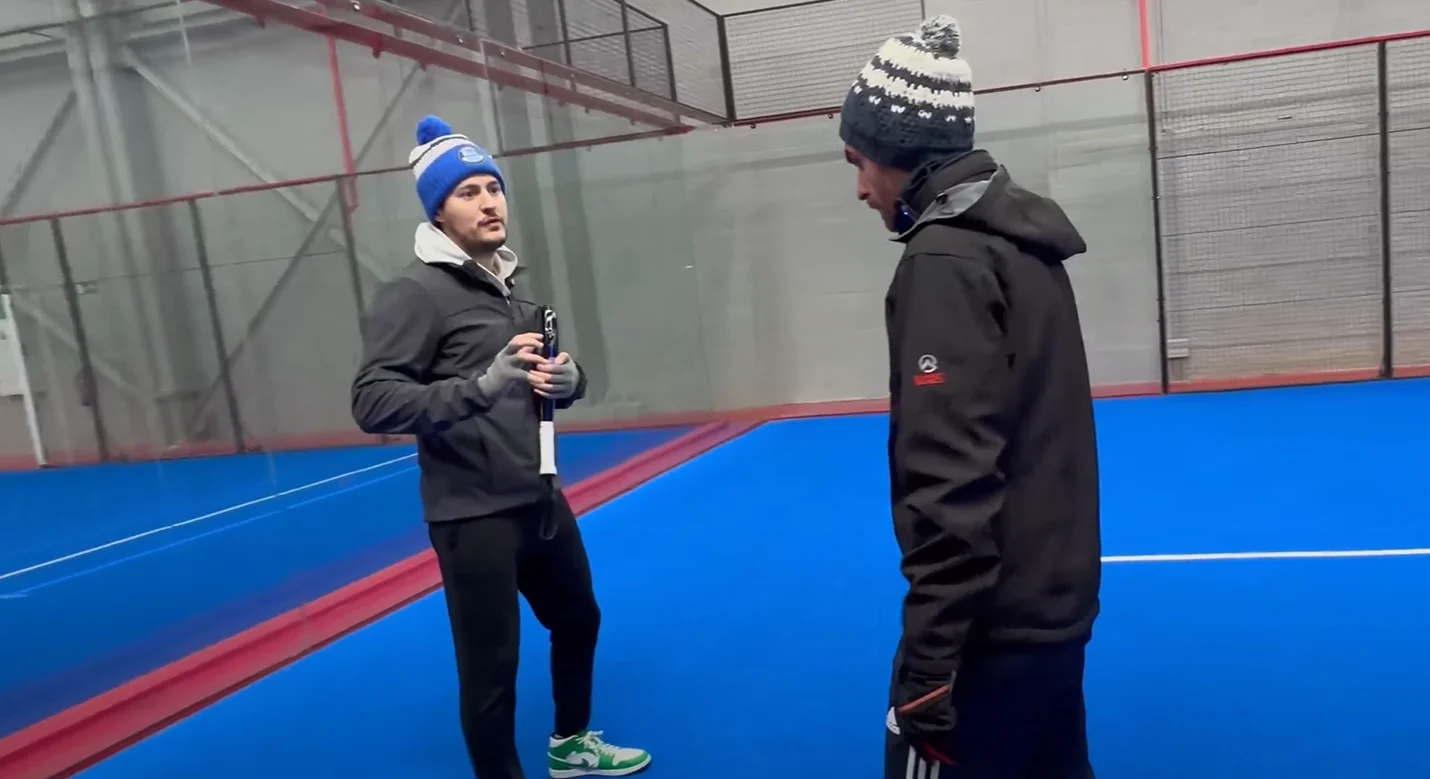 At the heart of padel – Episode 14: how to earn points in winter?
At the heart of padel – Episode 14: how to earn points in winter?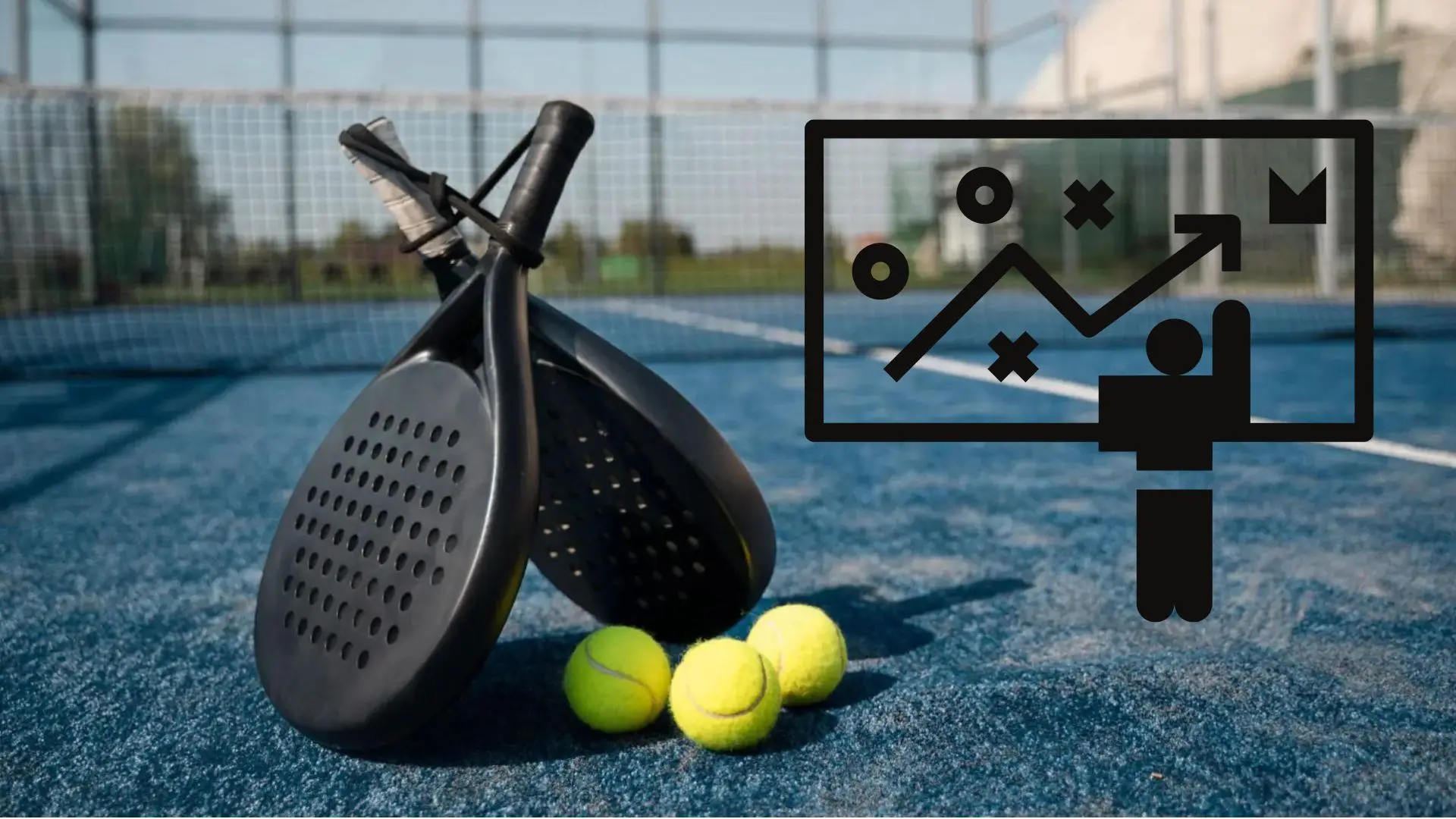 The basic tactics of padel
The basic tactics of padel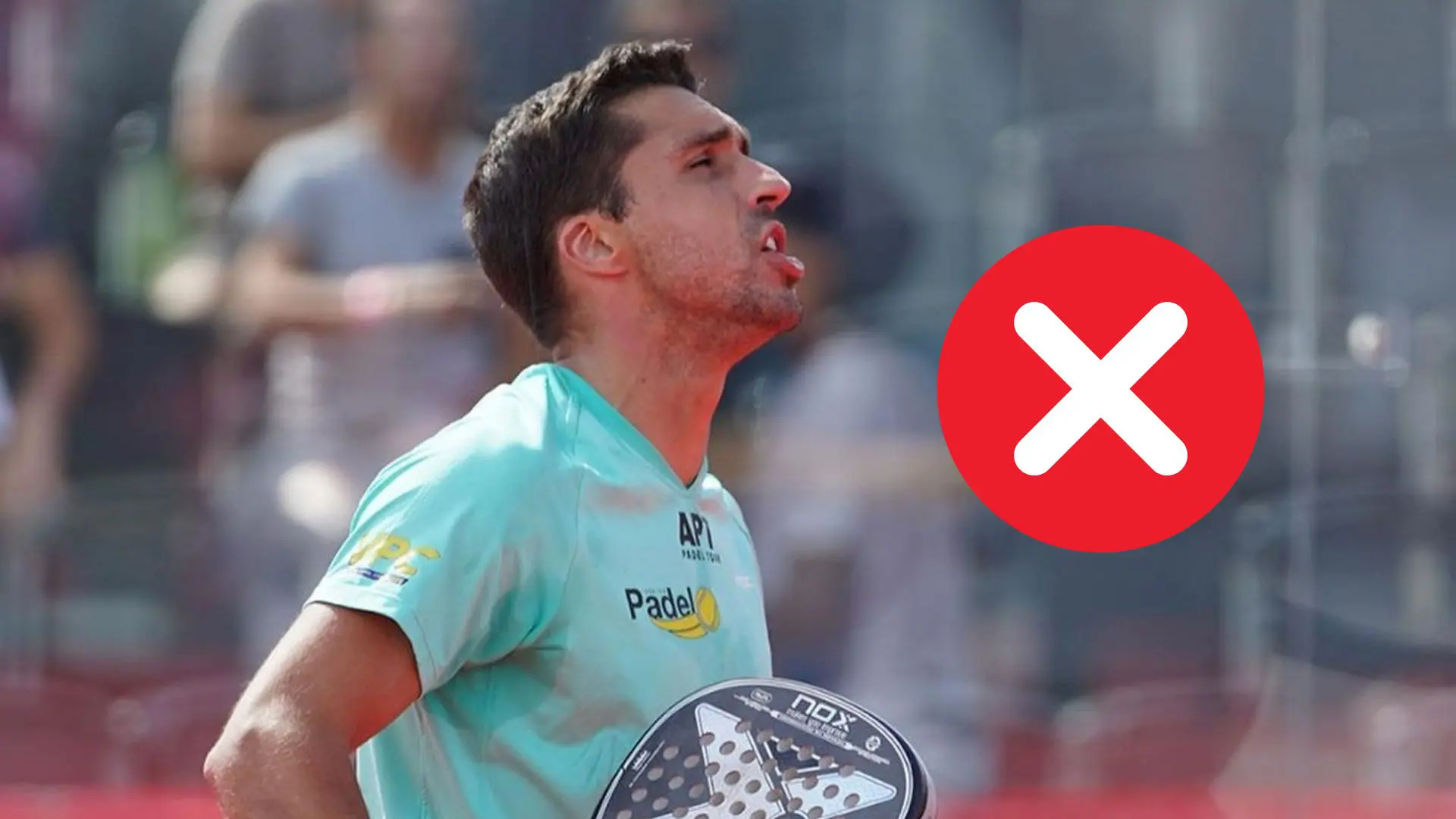 A par 4 is always a winner...even if you manage to defend it!
A par 4 is always a winner...even if you manage to defend it!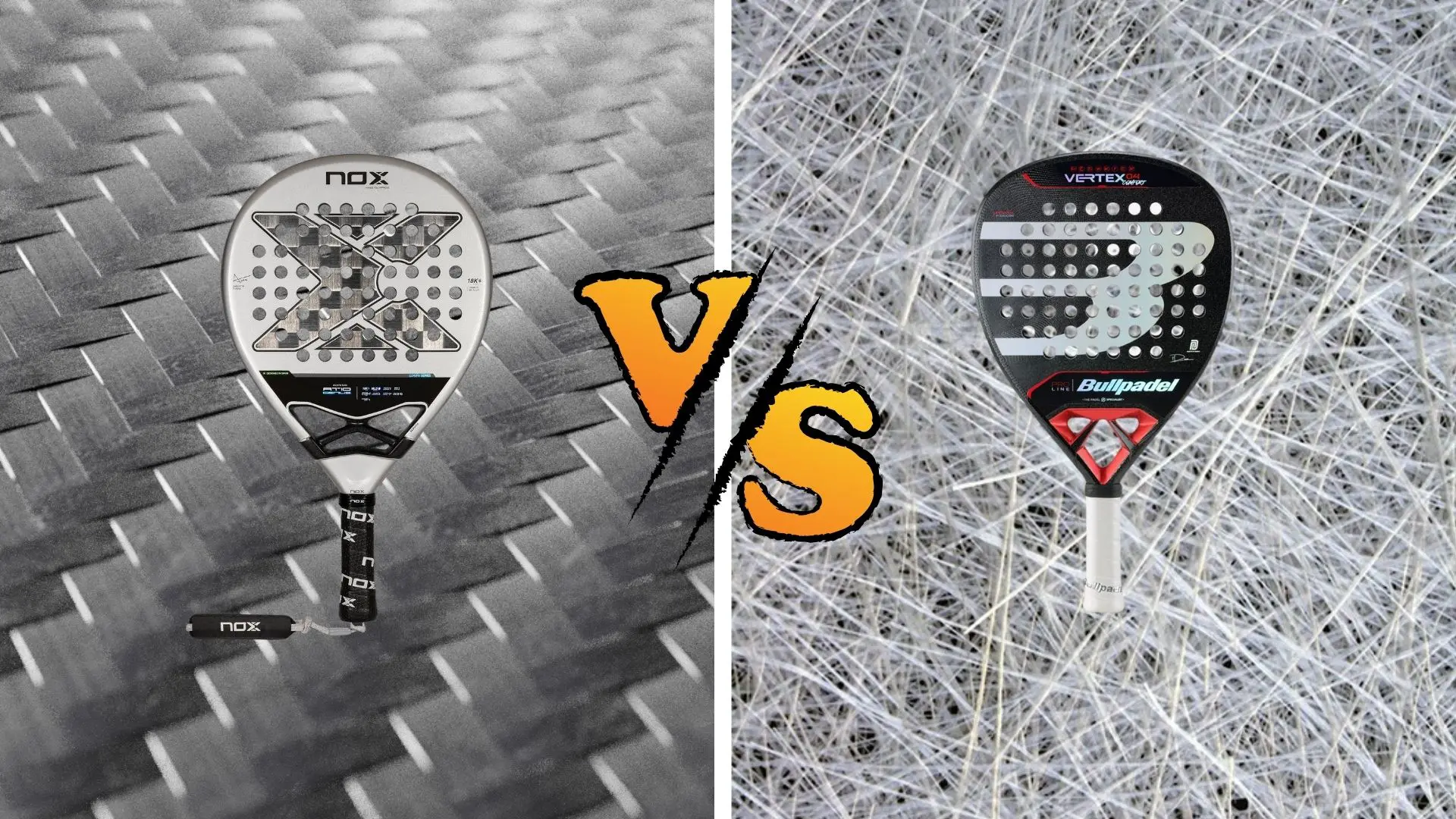 Carbon fiber VS fiberglass: what to choose?
Carbon fiber VS fiberglass: what to choose?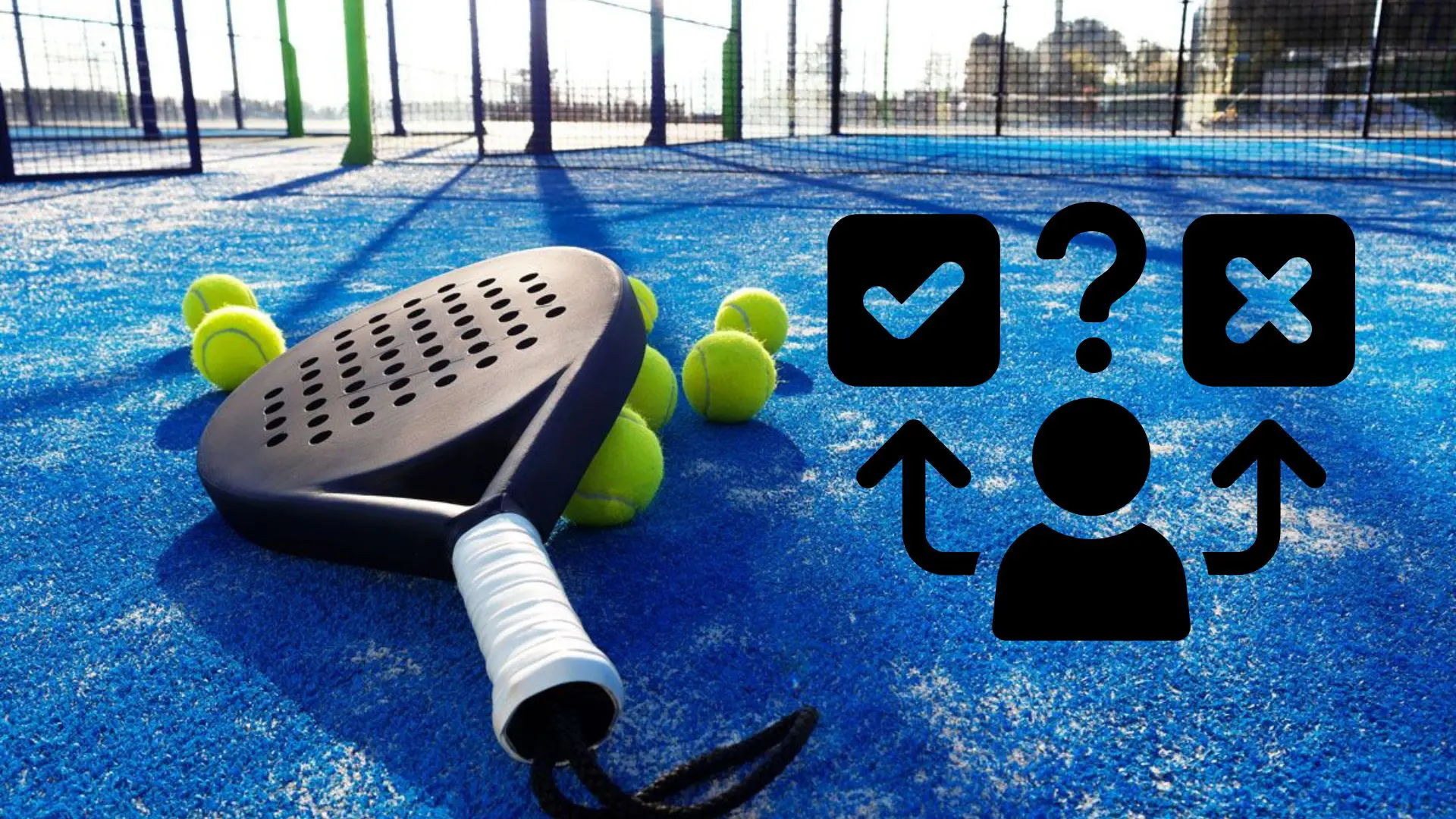 How to effectively test a racket padel ?
How to effectively test a racket padel ?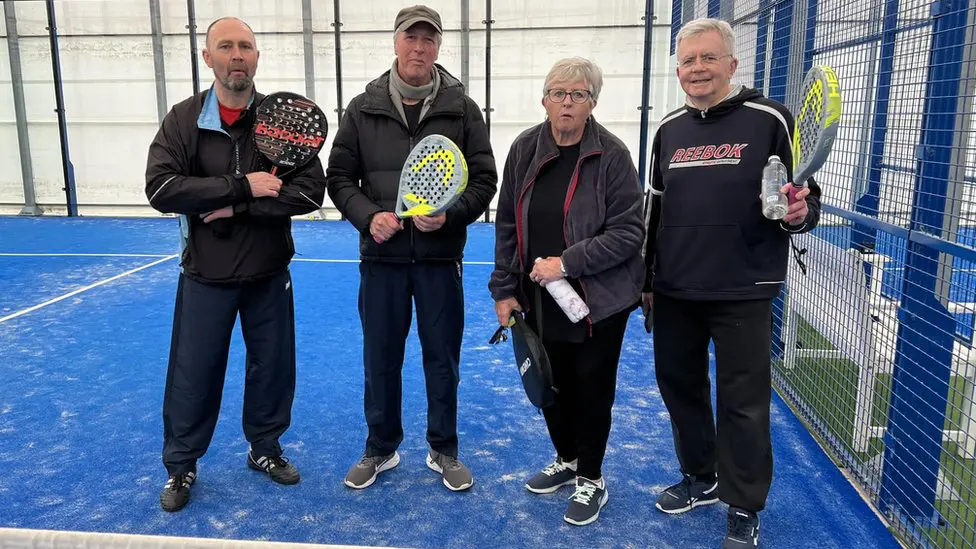 La padel to fight Parkinson's disease
La padel to fight Parkinson's disease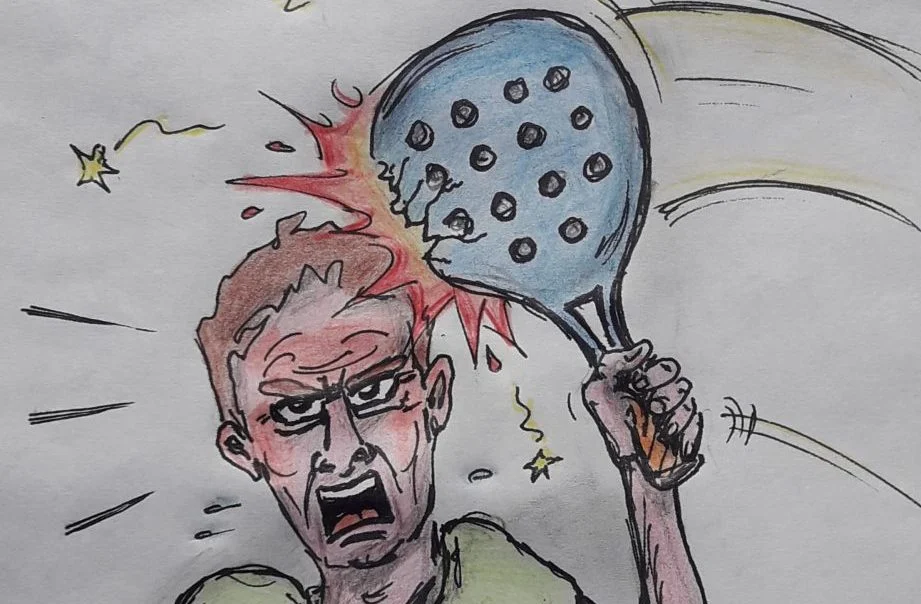 Don't play with a cracked or broken racket, your body will thank you!
Don't play with a cracked or broken racket, your body will thank you! Michel Cymes: “The padel, physically, it’s serious!”
Michel Cymes: “The padel, physically, it’s serious!”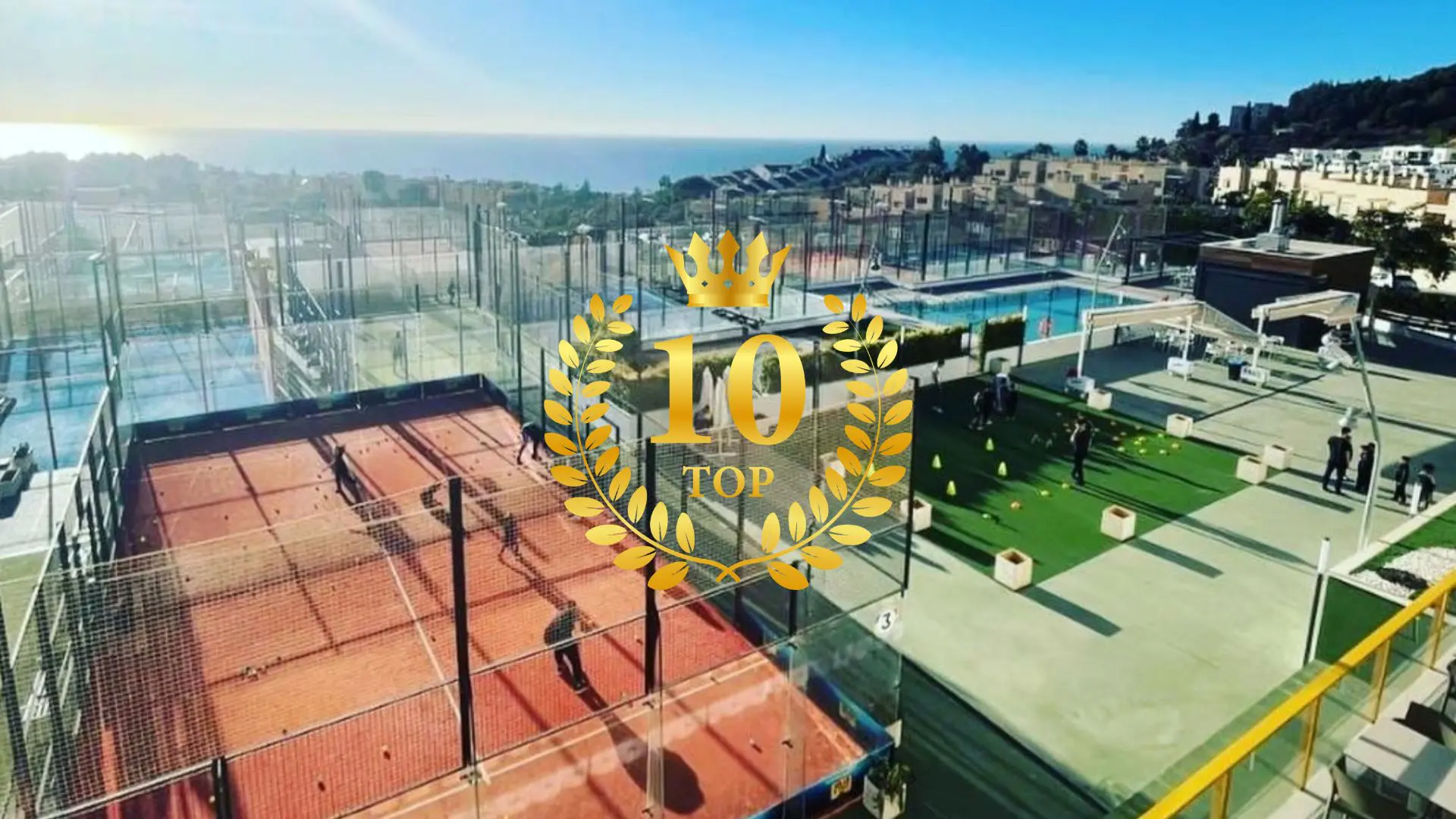 Our Top 10 training courses padel in France and Europe
Our Top 10 training courses padel in France and Europe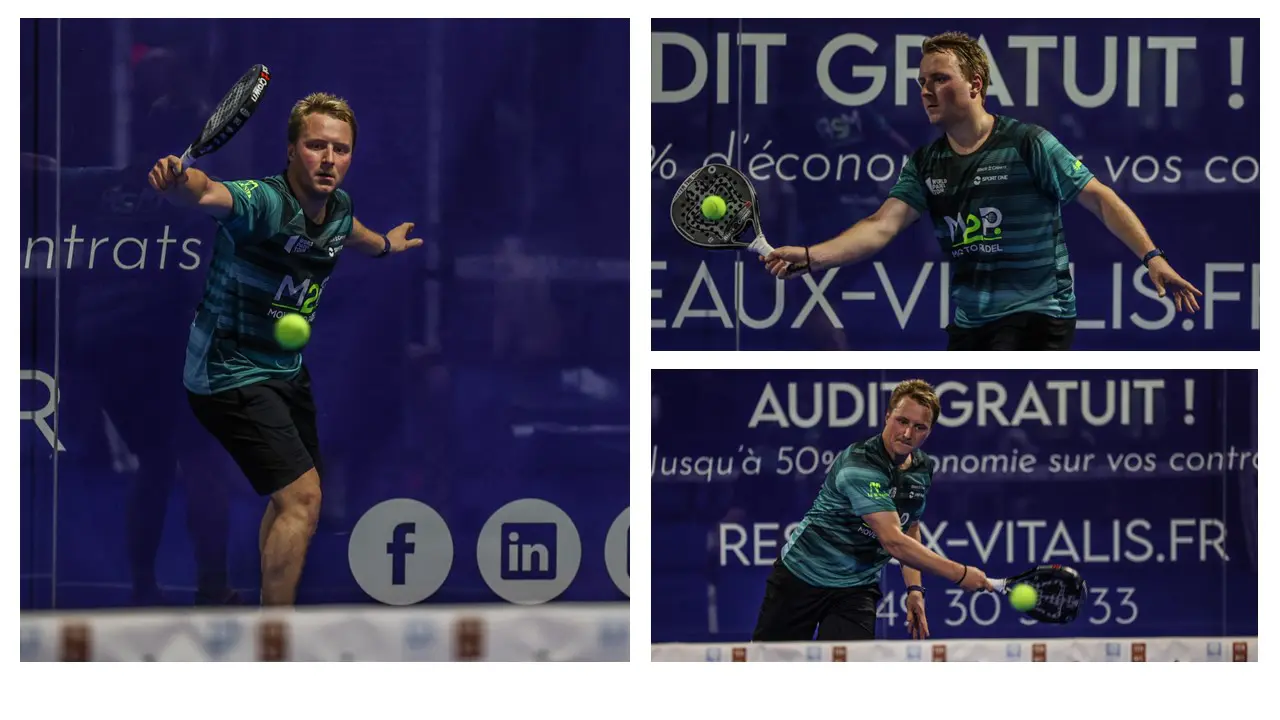 Jeremy Gala: “Promote the padel among young people in Belgium remains a challenge”
Jeremy Gala: “Promote the padel among young people in Belgium remains a challenge”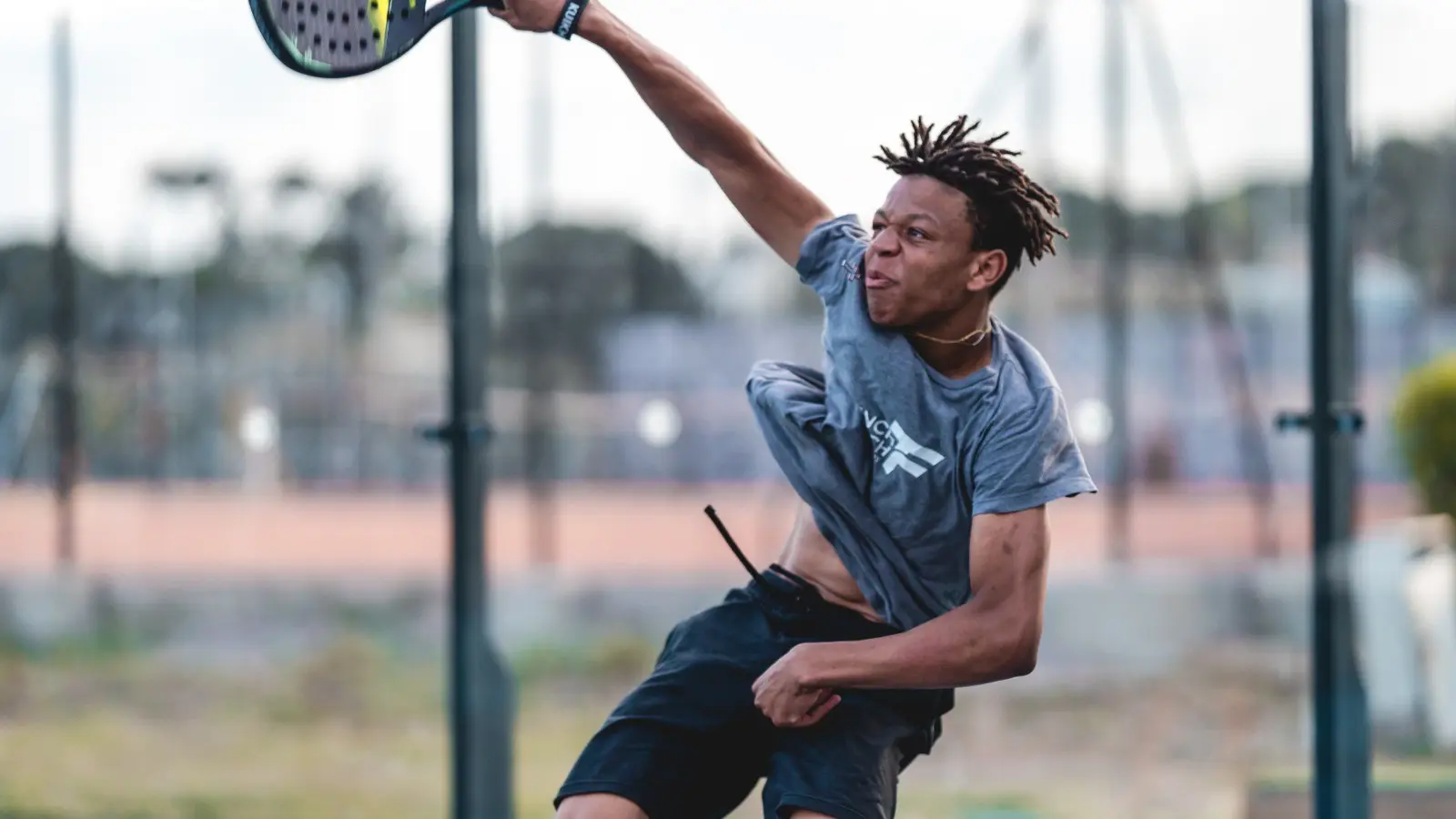 The French Touch Academy organizes its selection day Padel-Study
The French Touch Academy organizes its selection day Padel-Study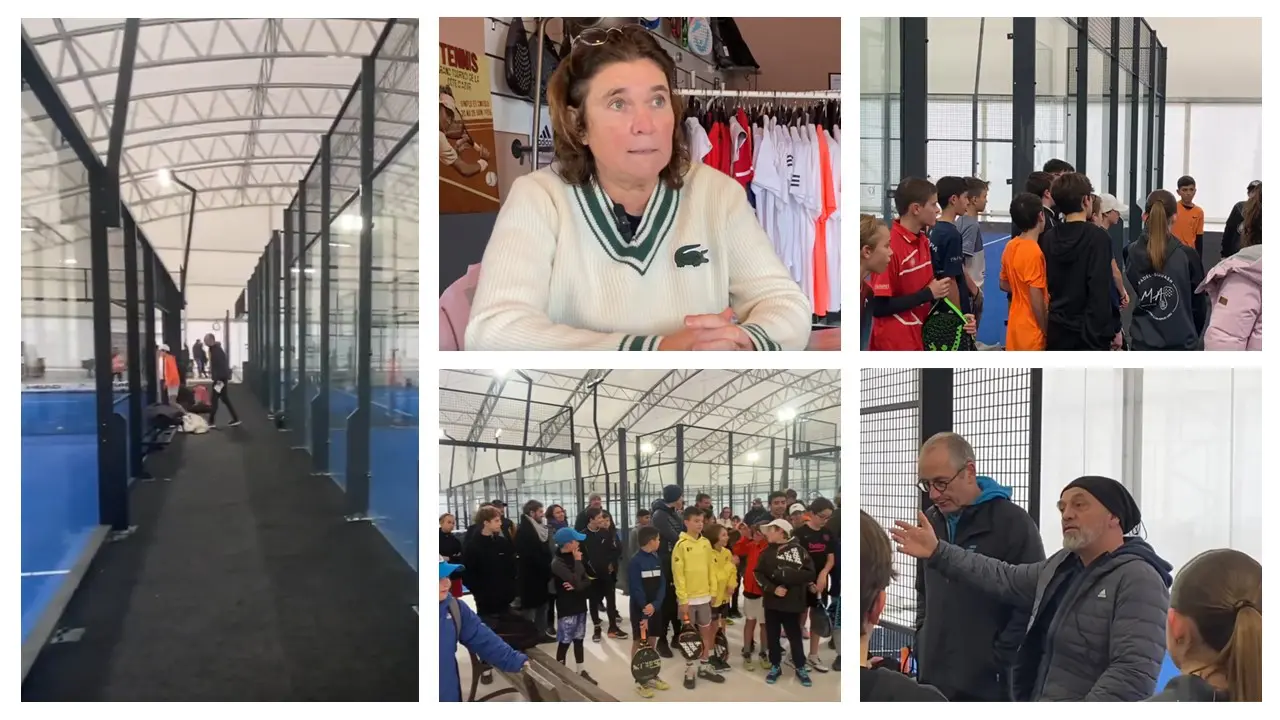 Report on the detection and training of younger generations
Report on the detection and training of younger generations